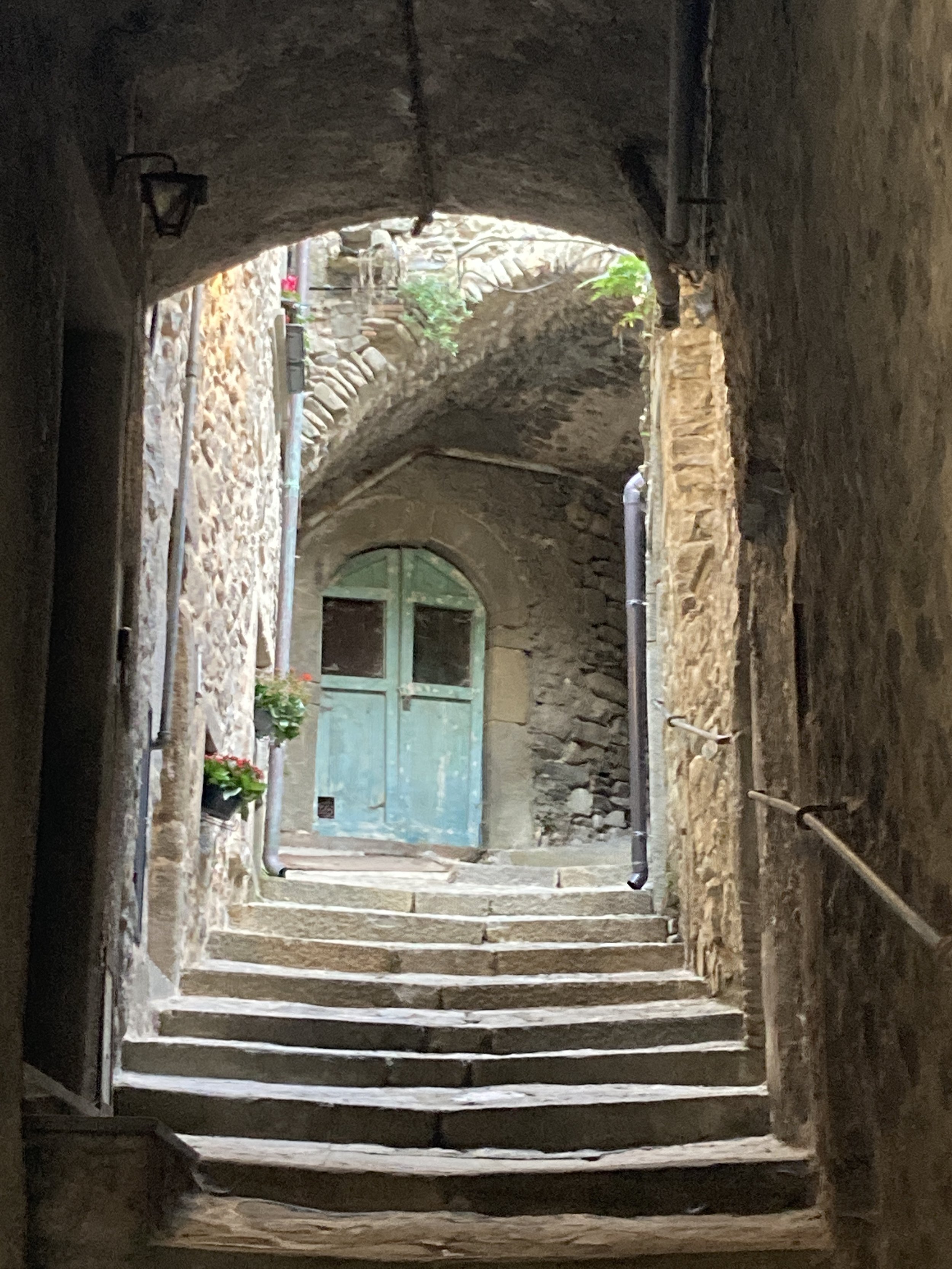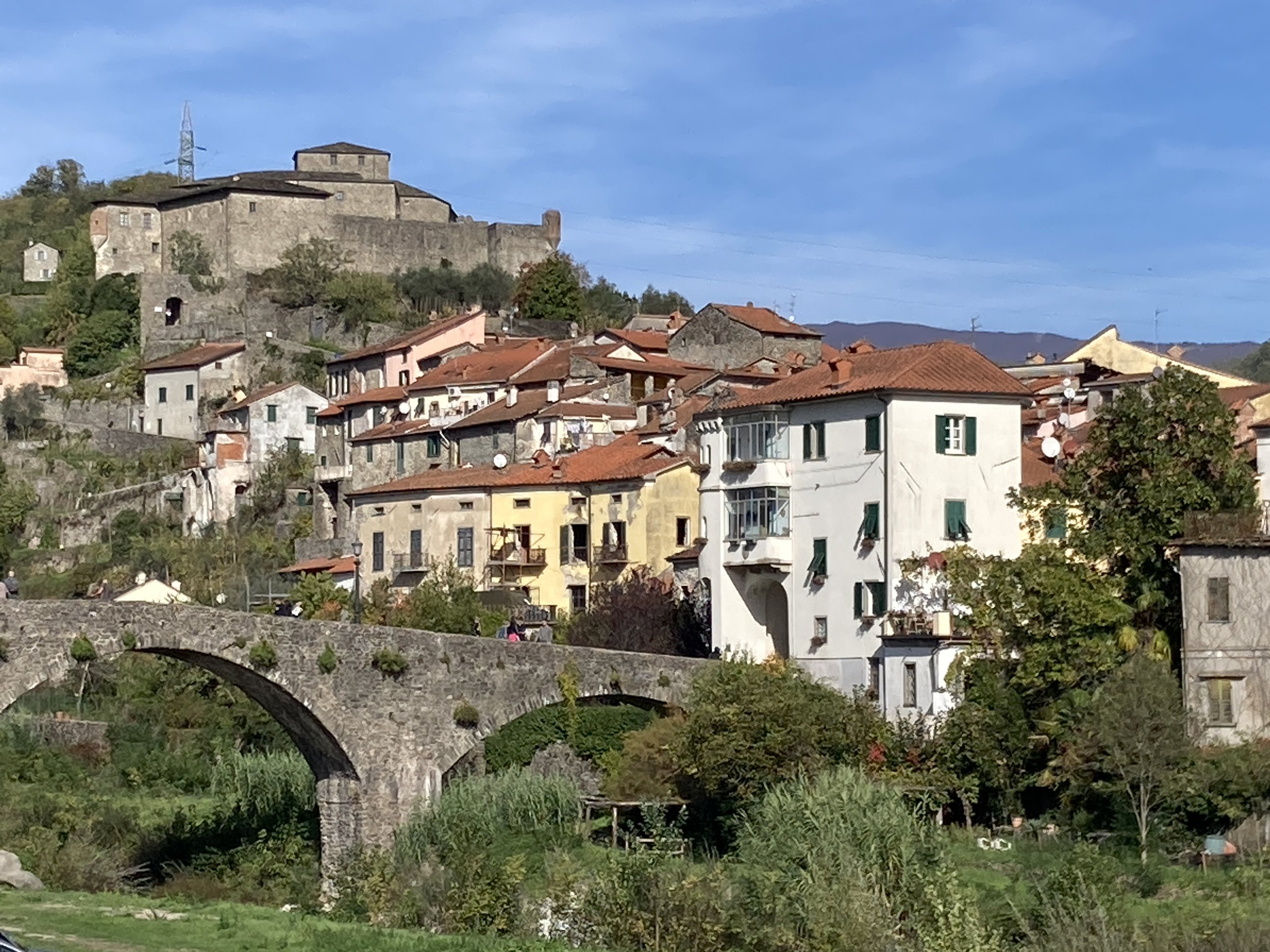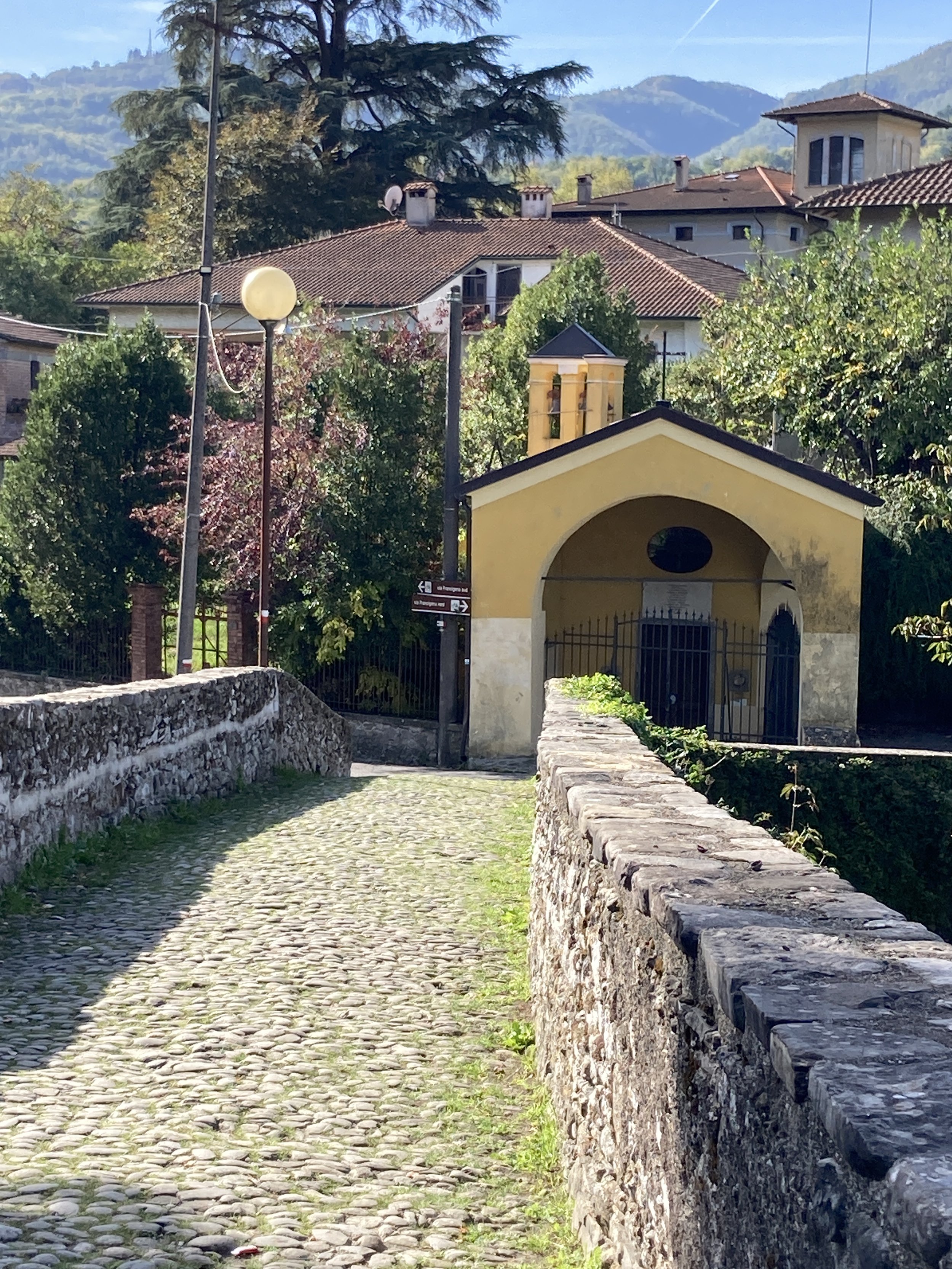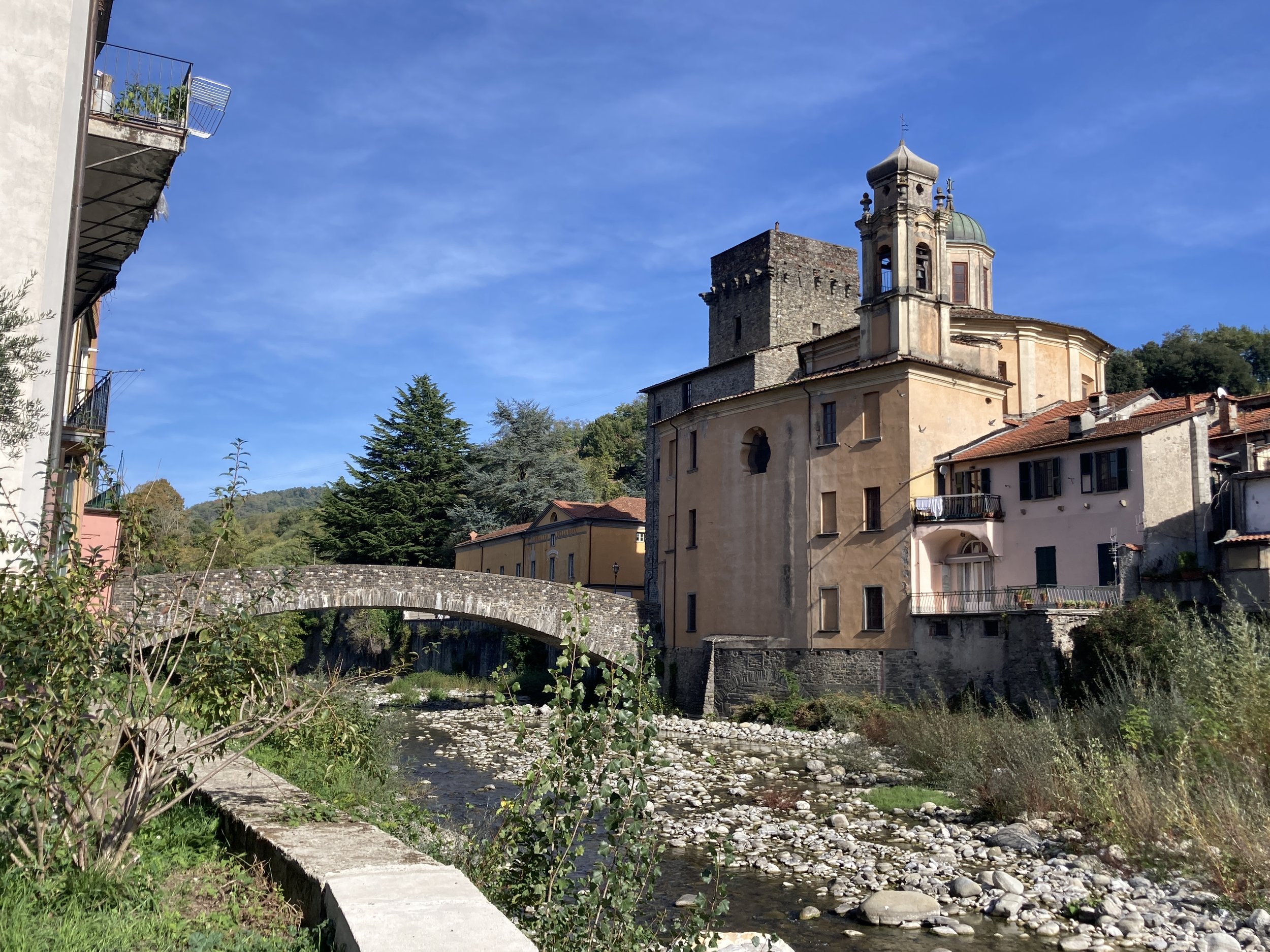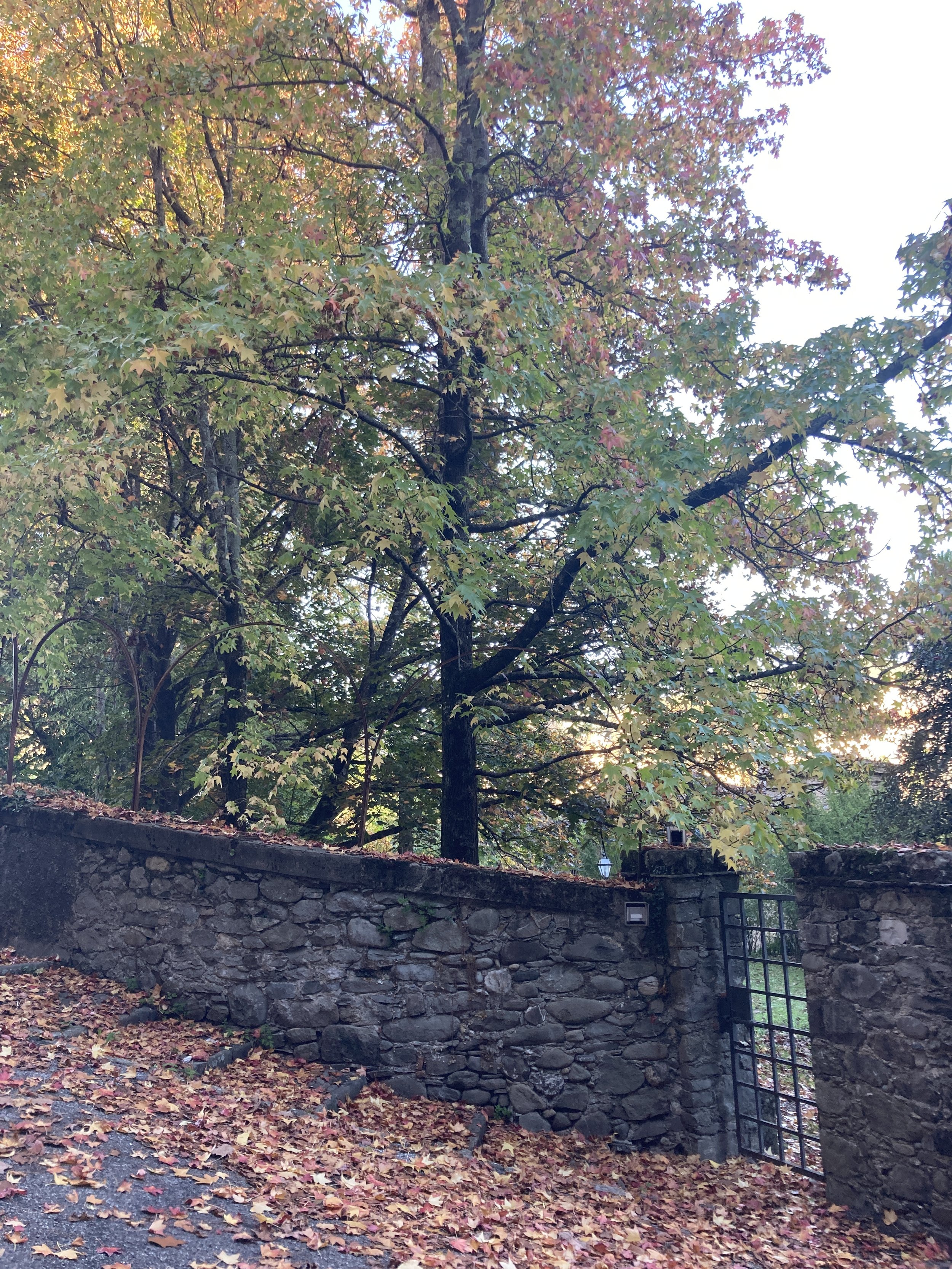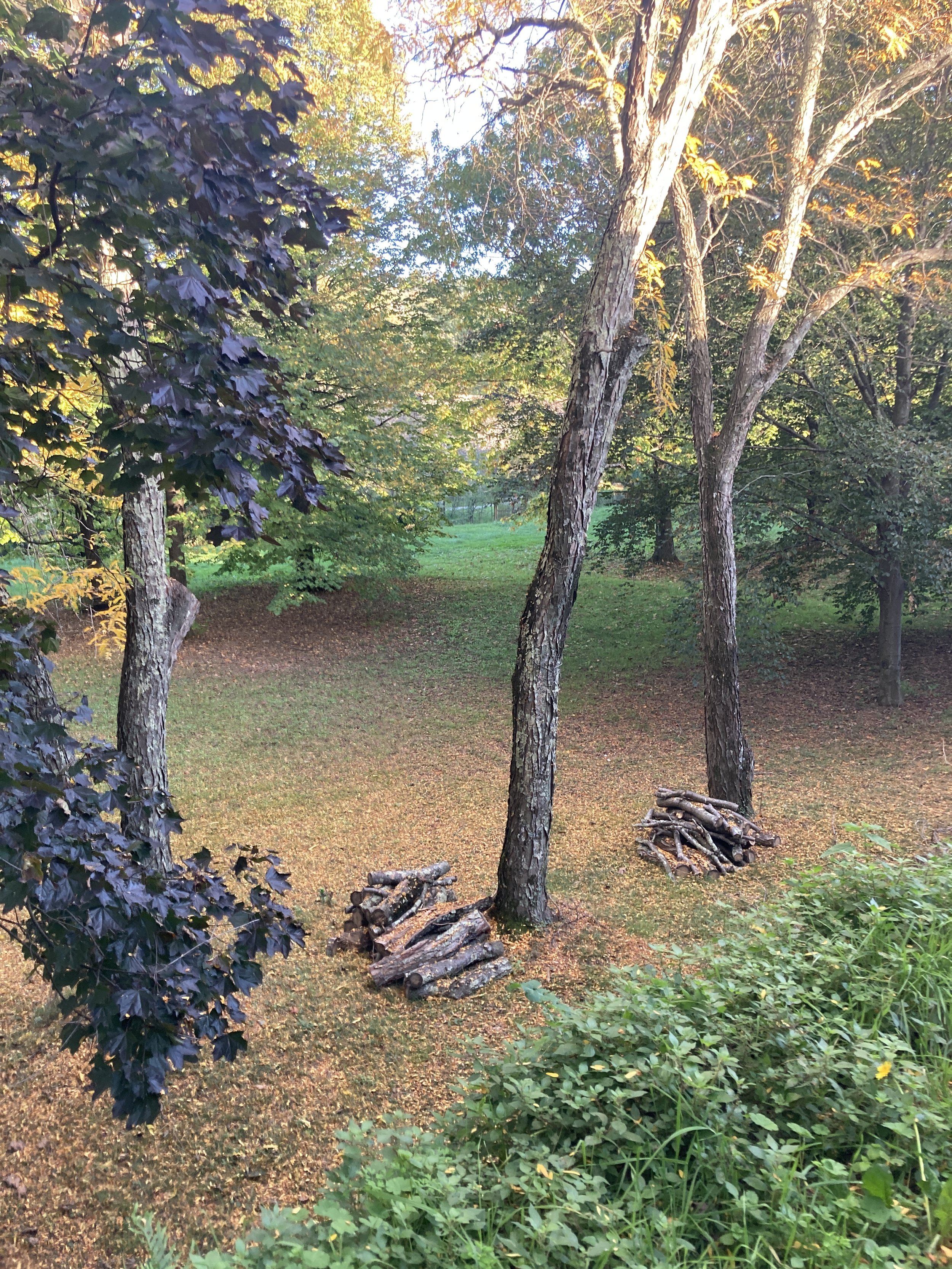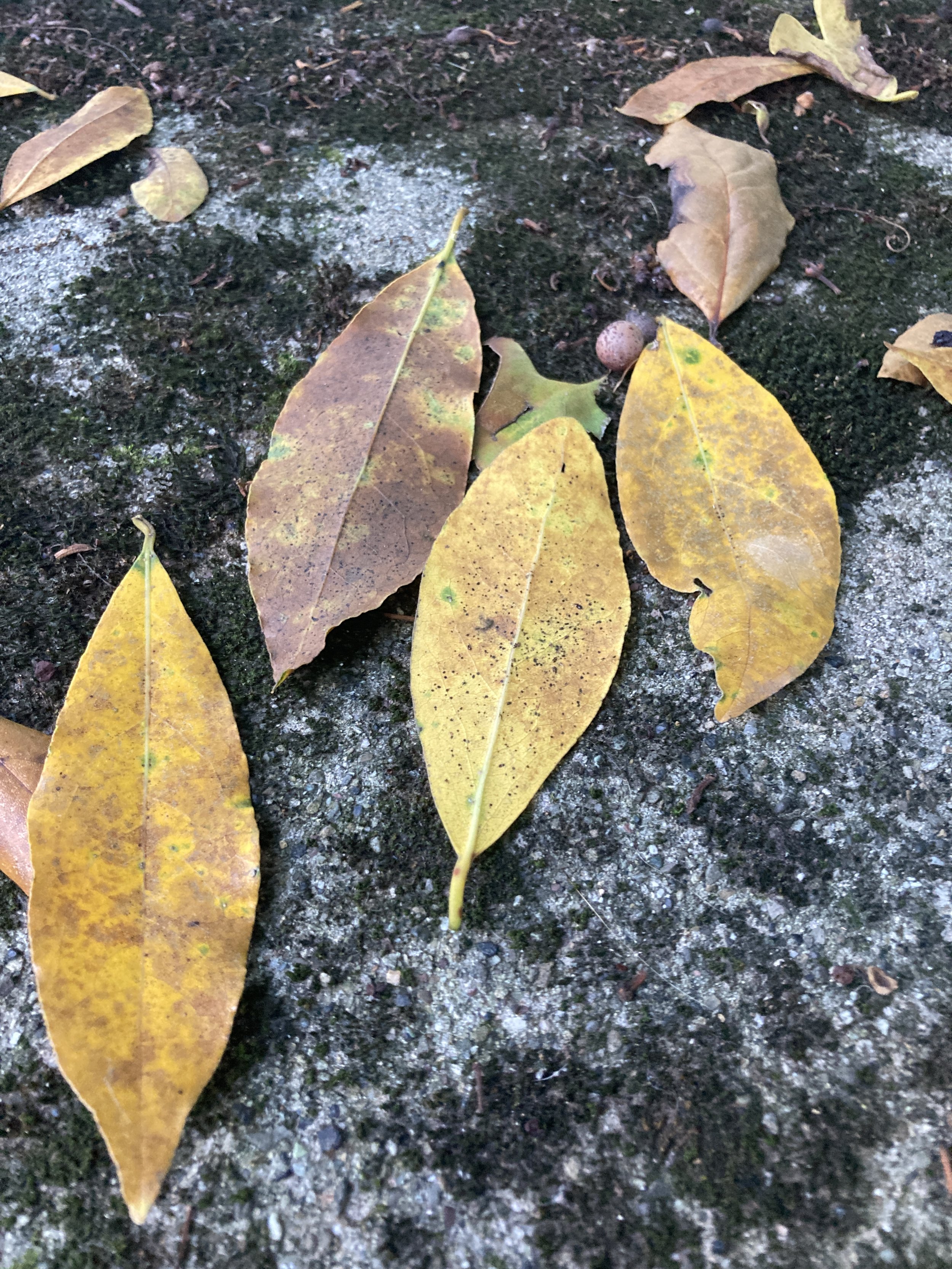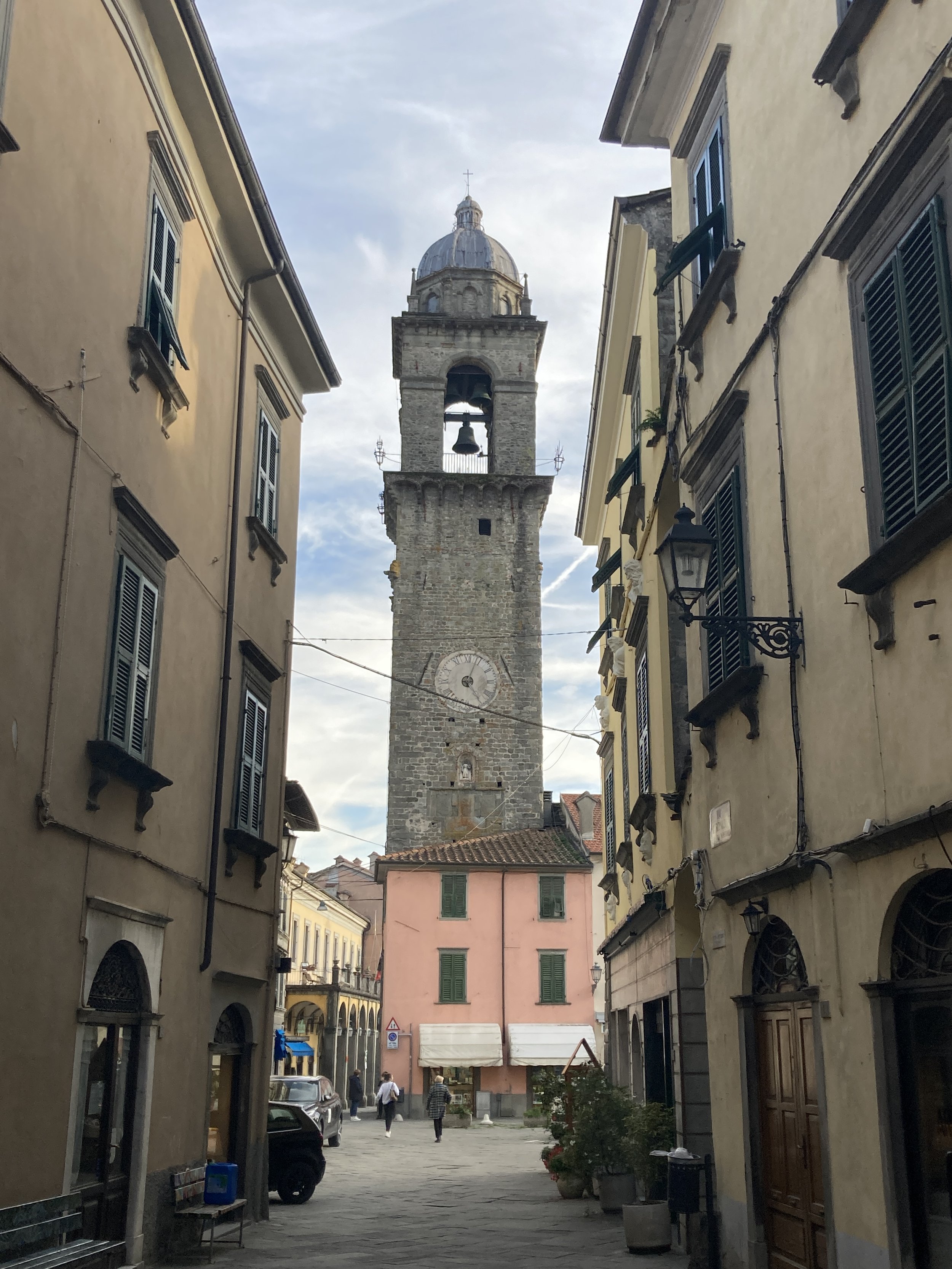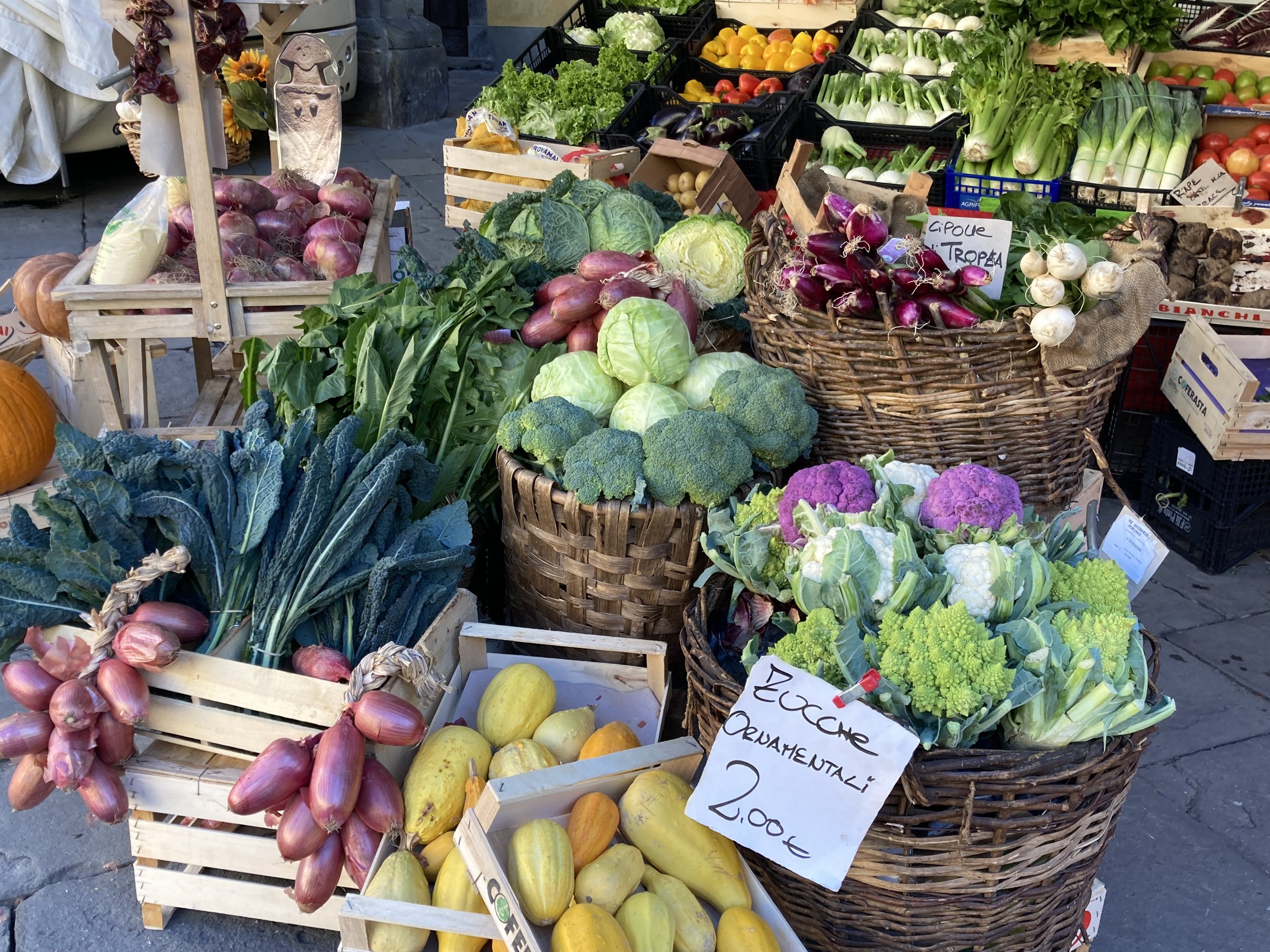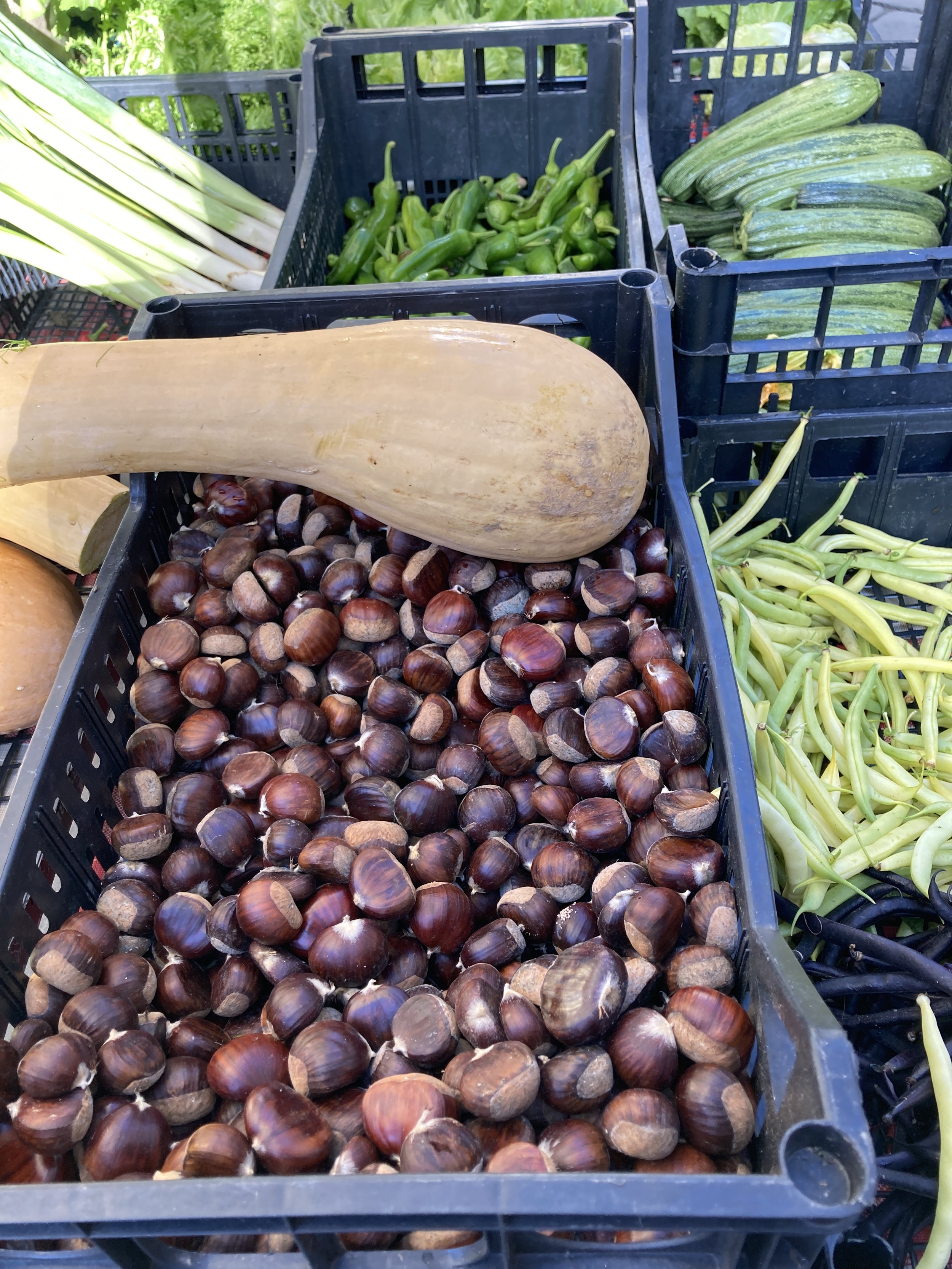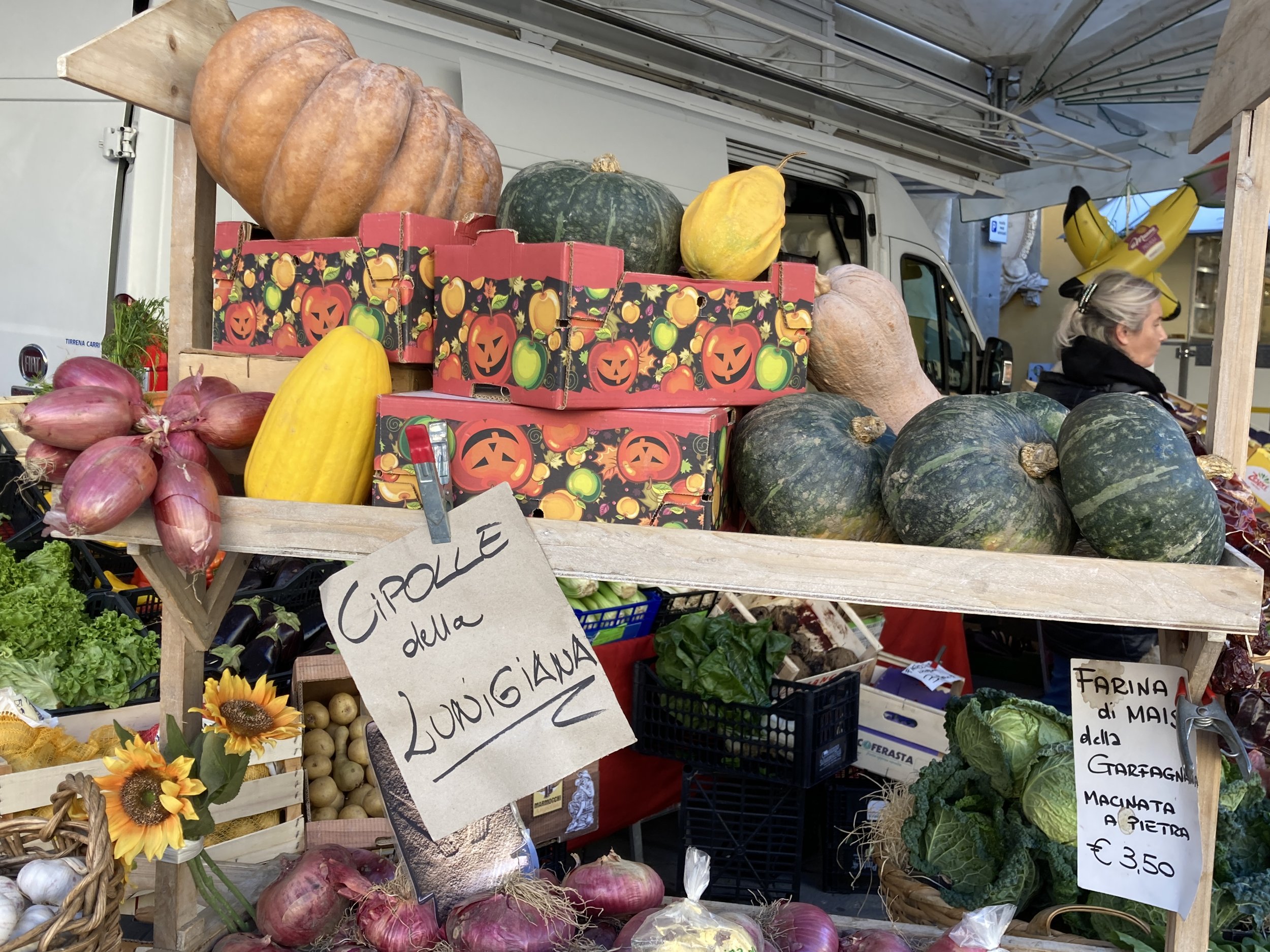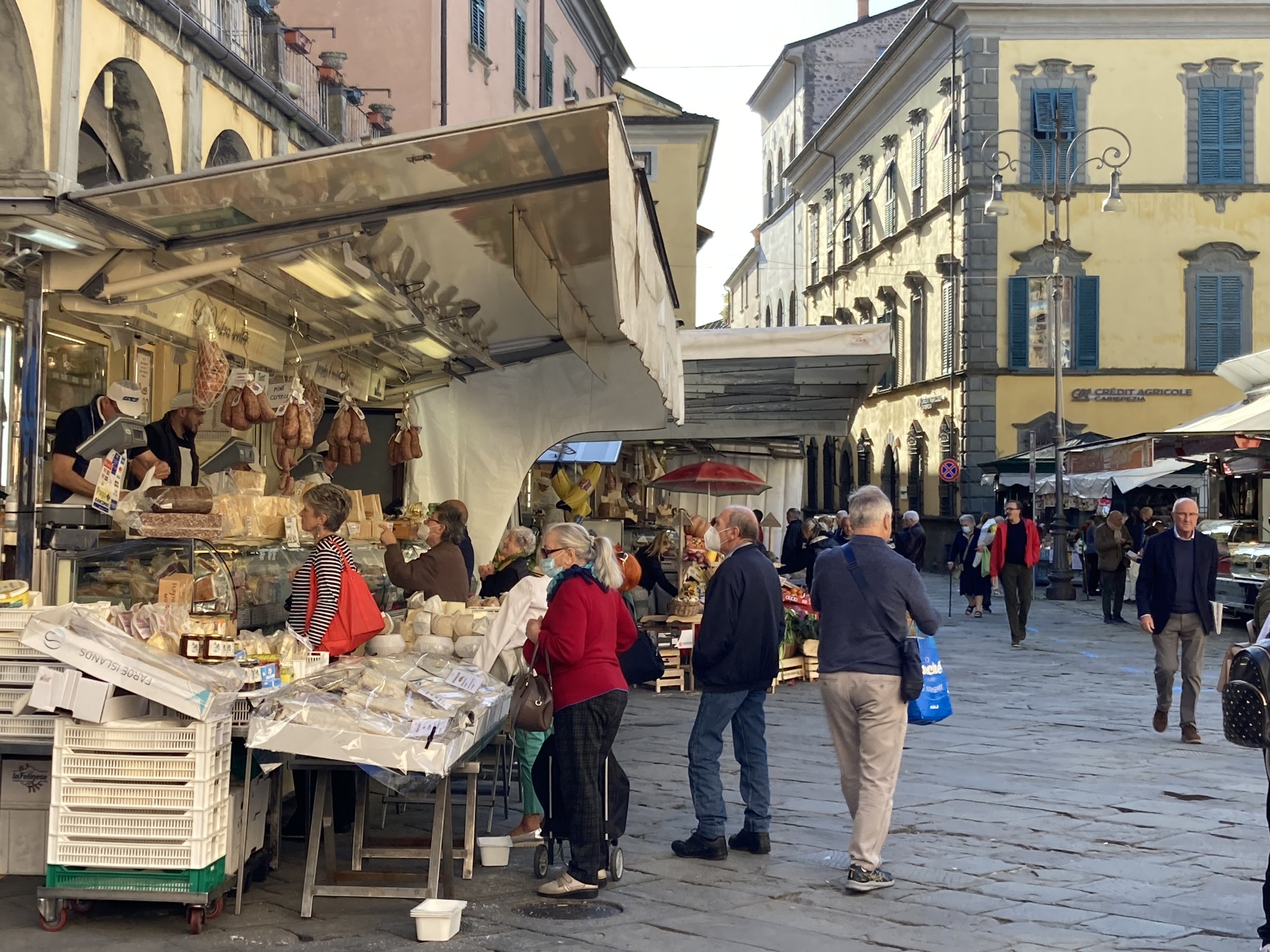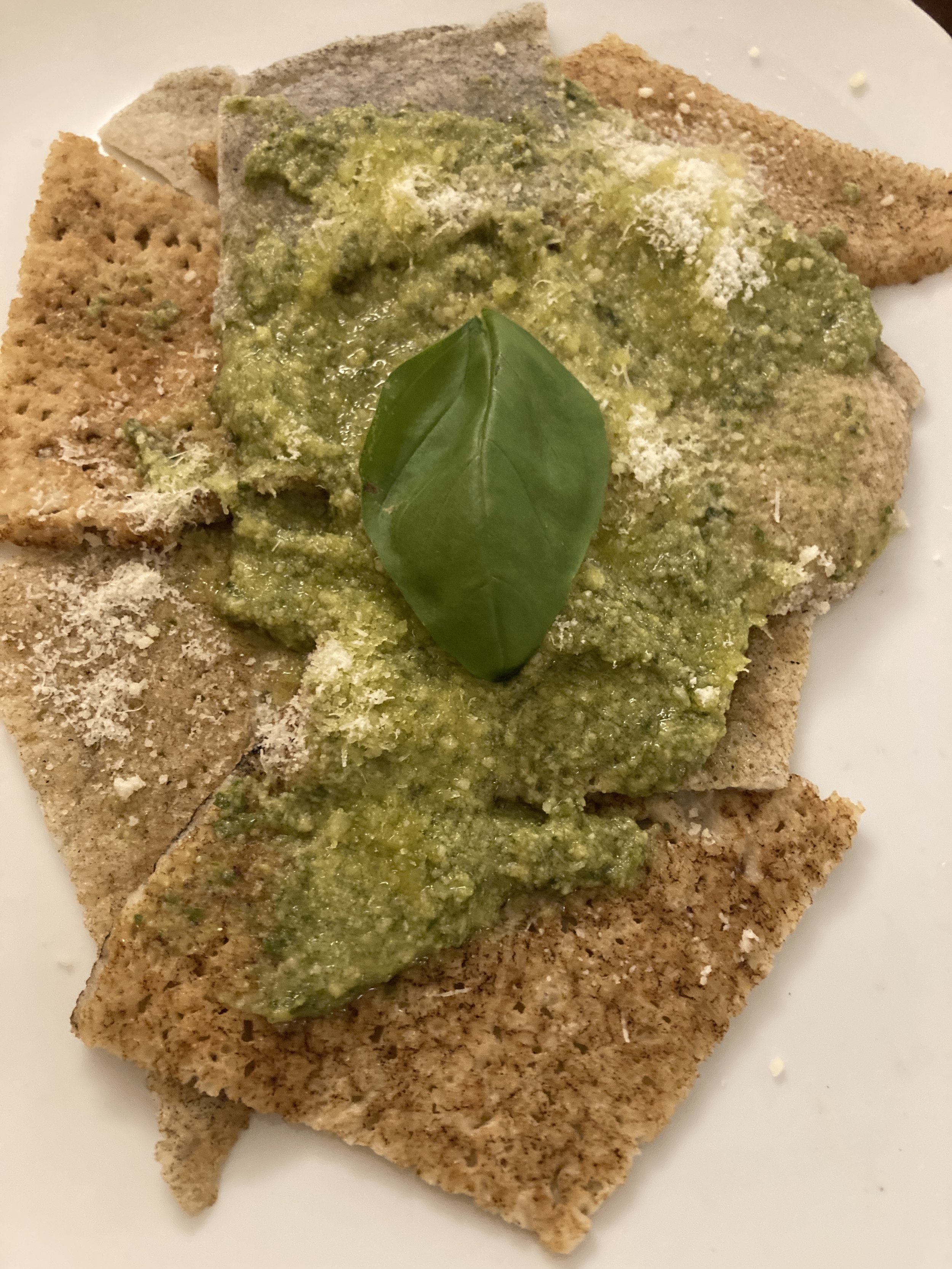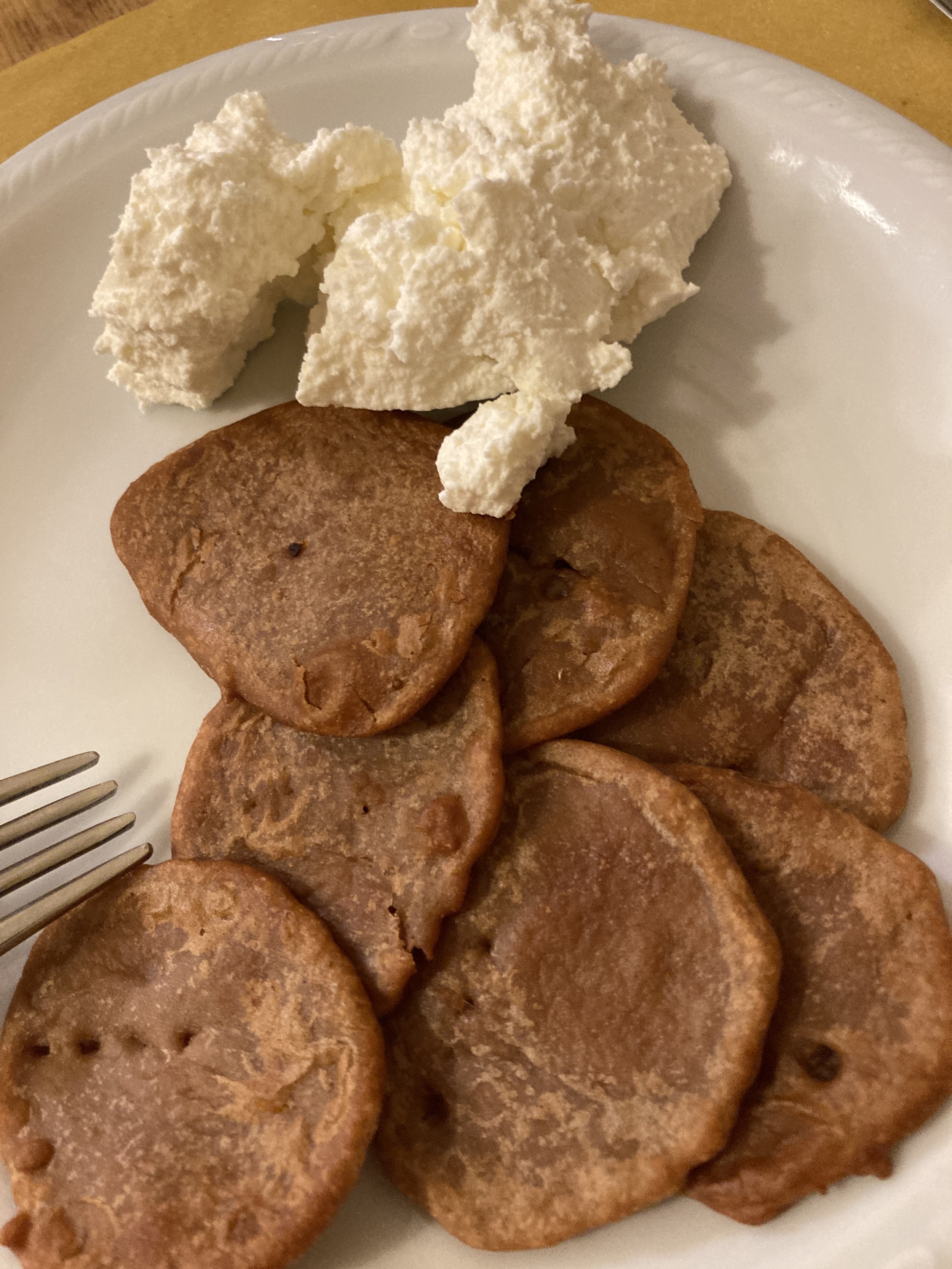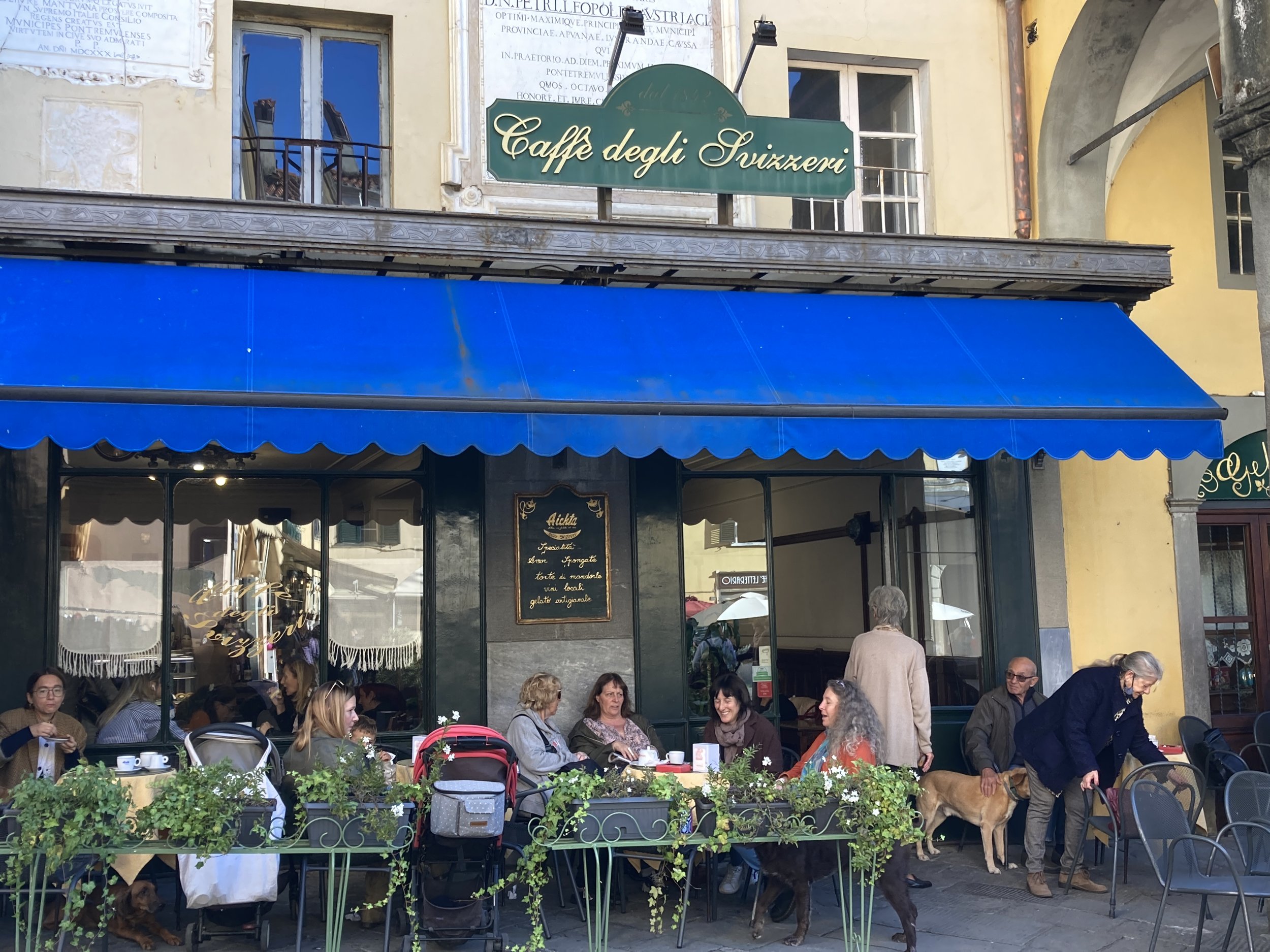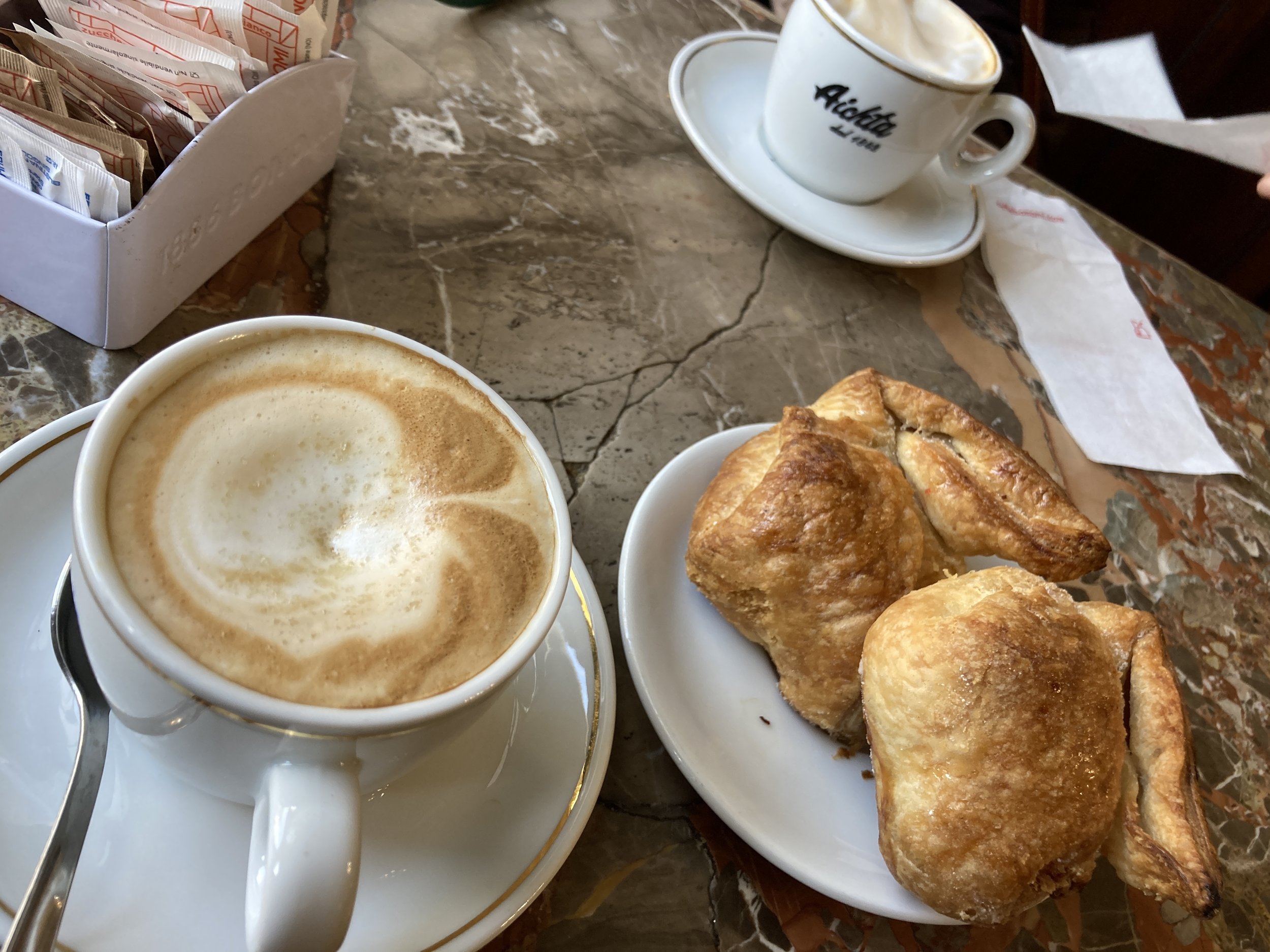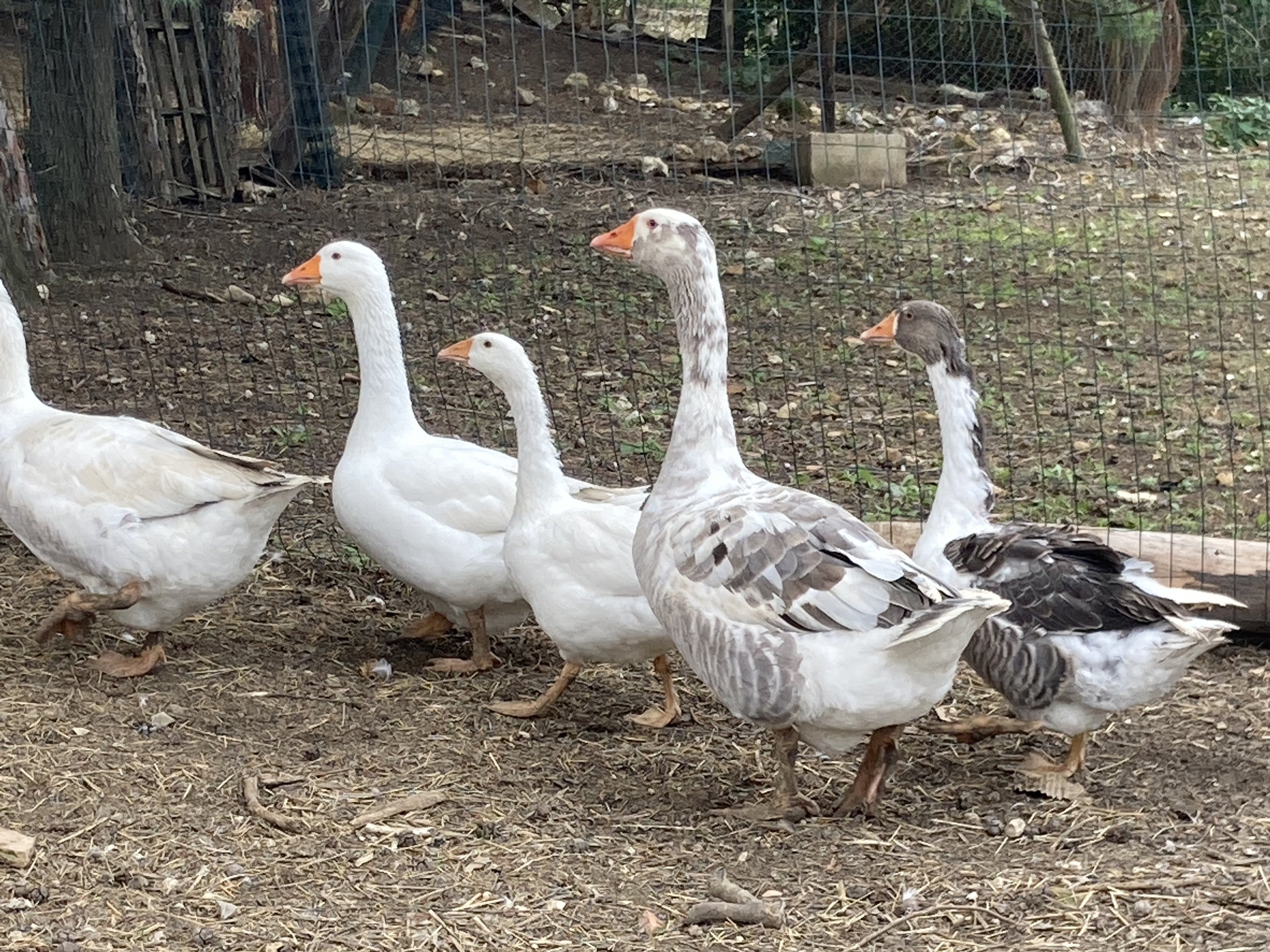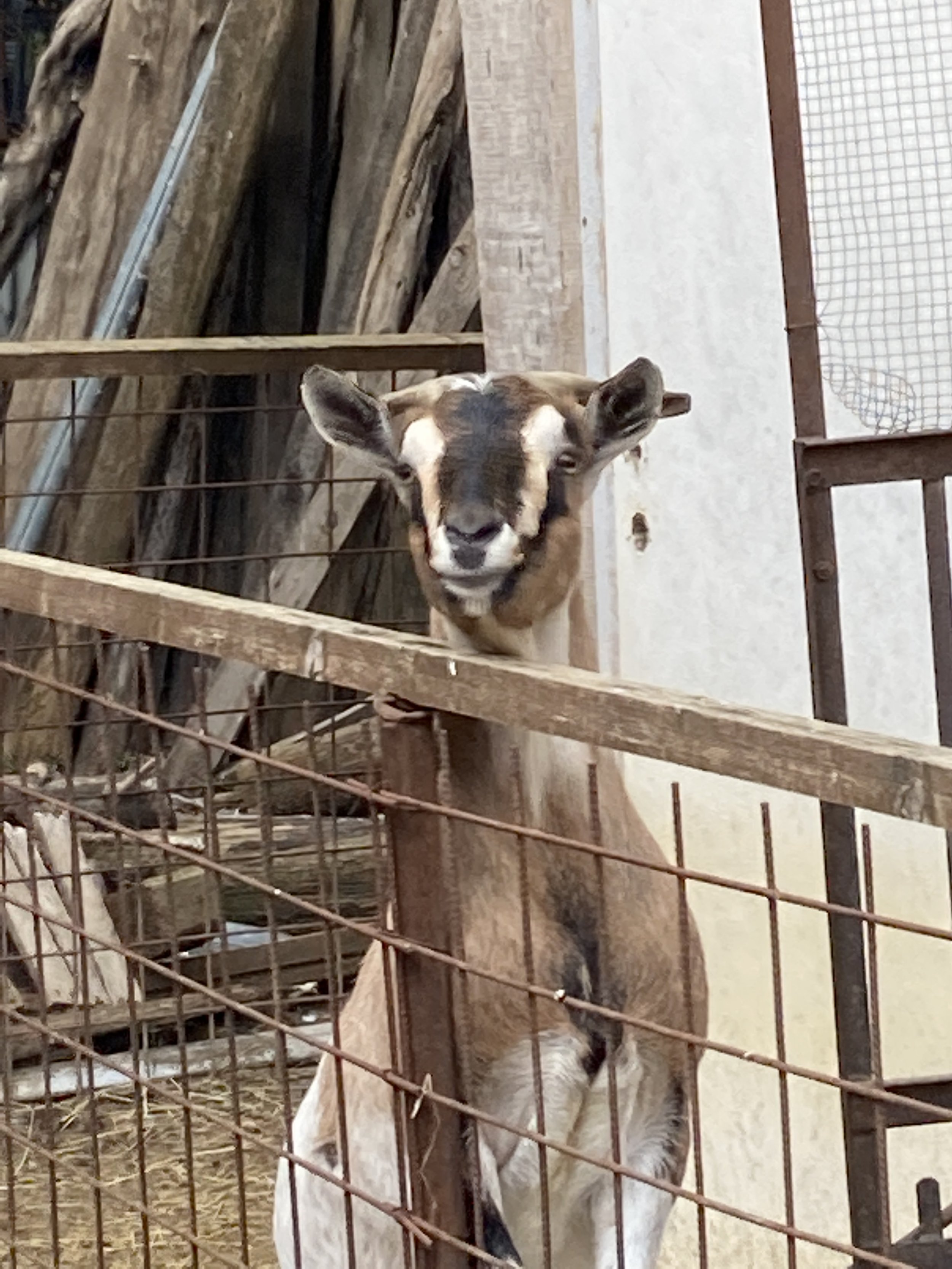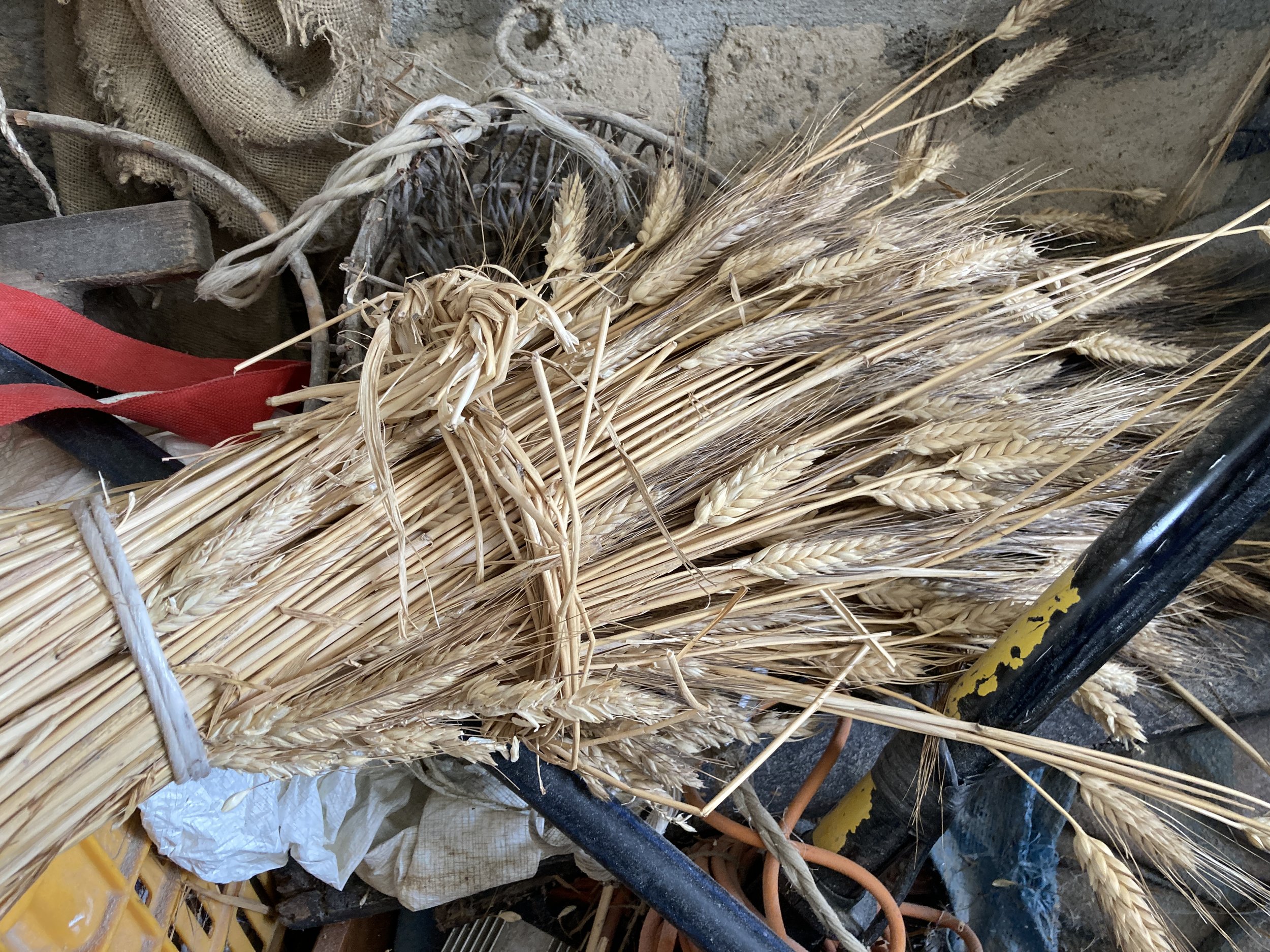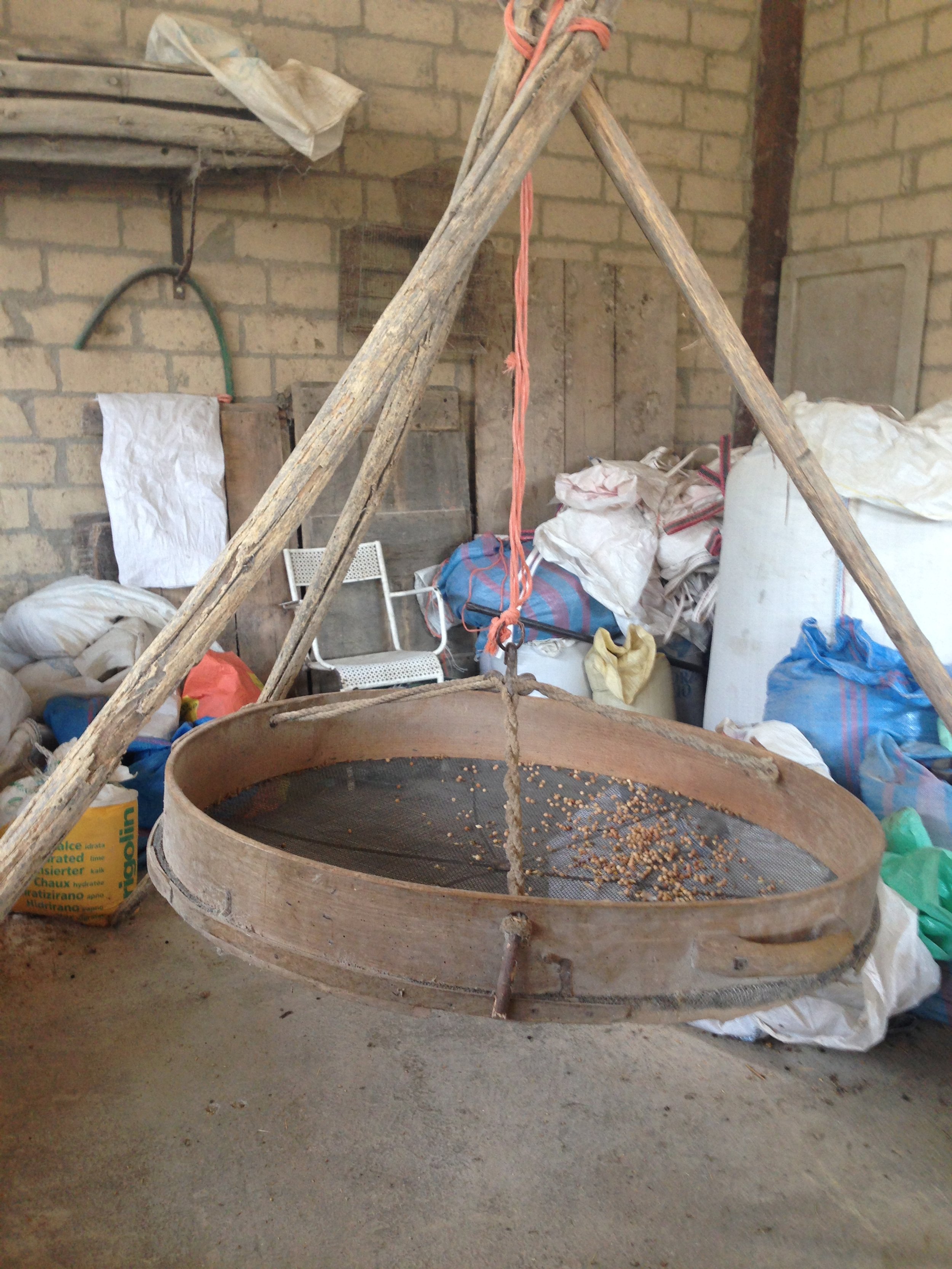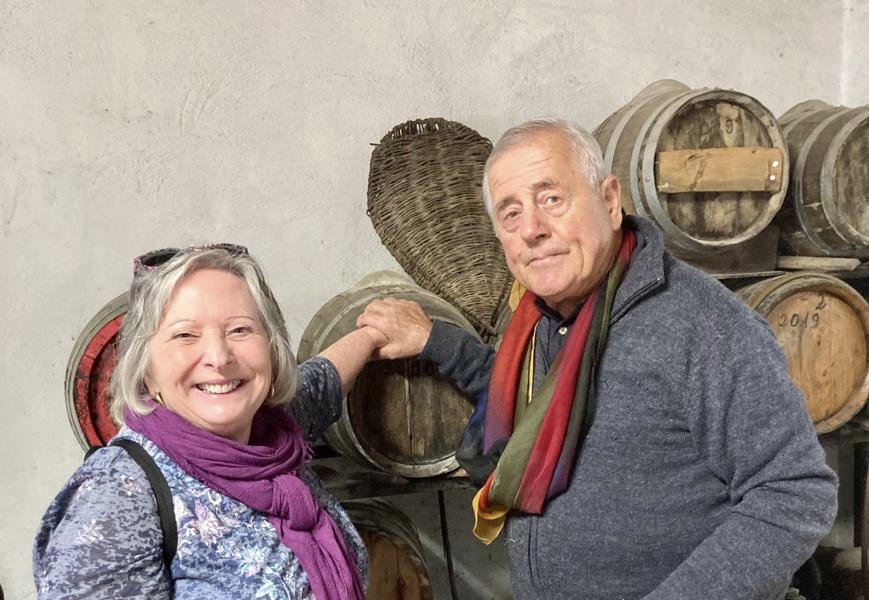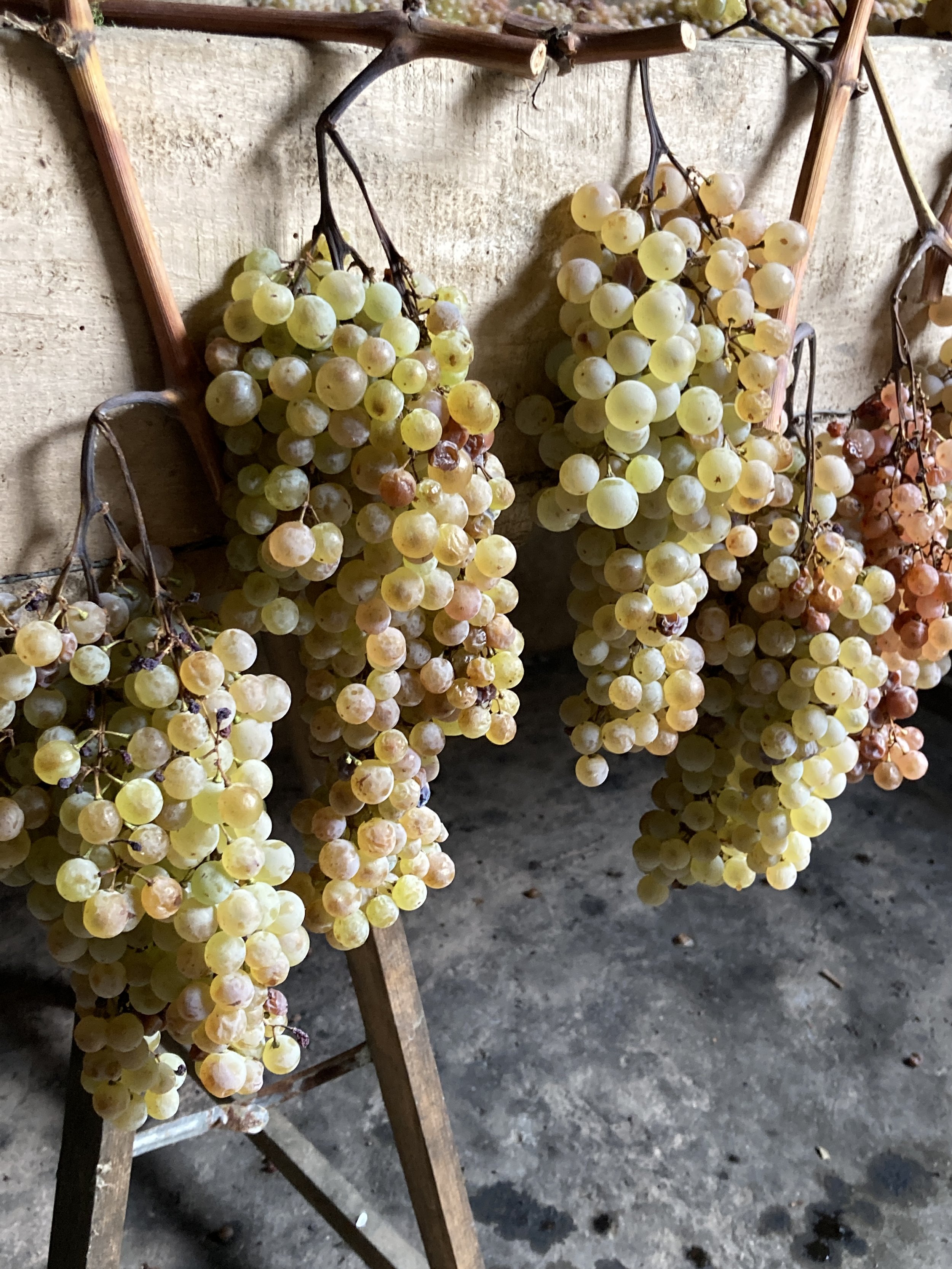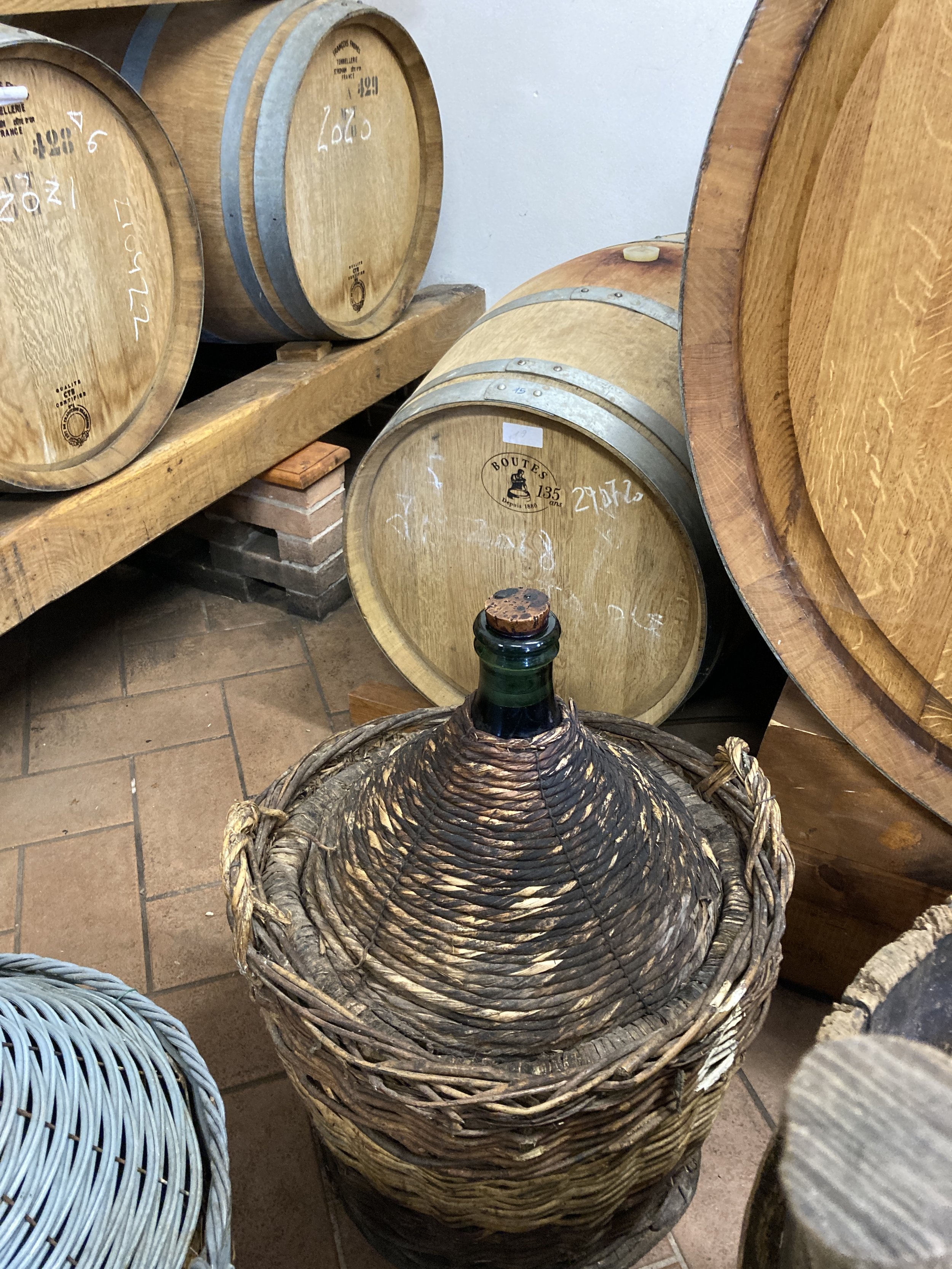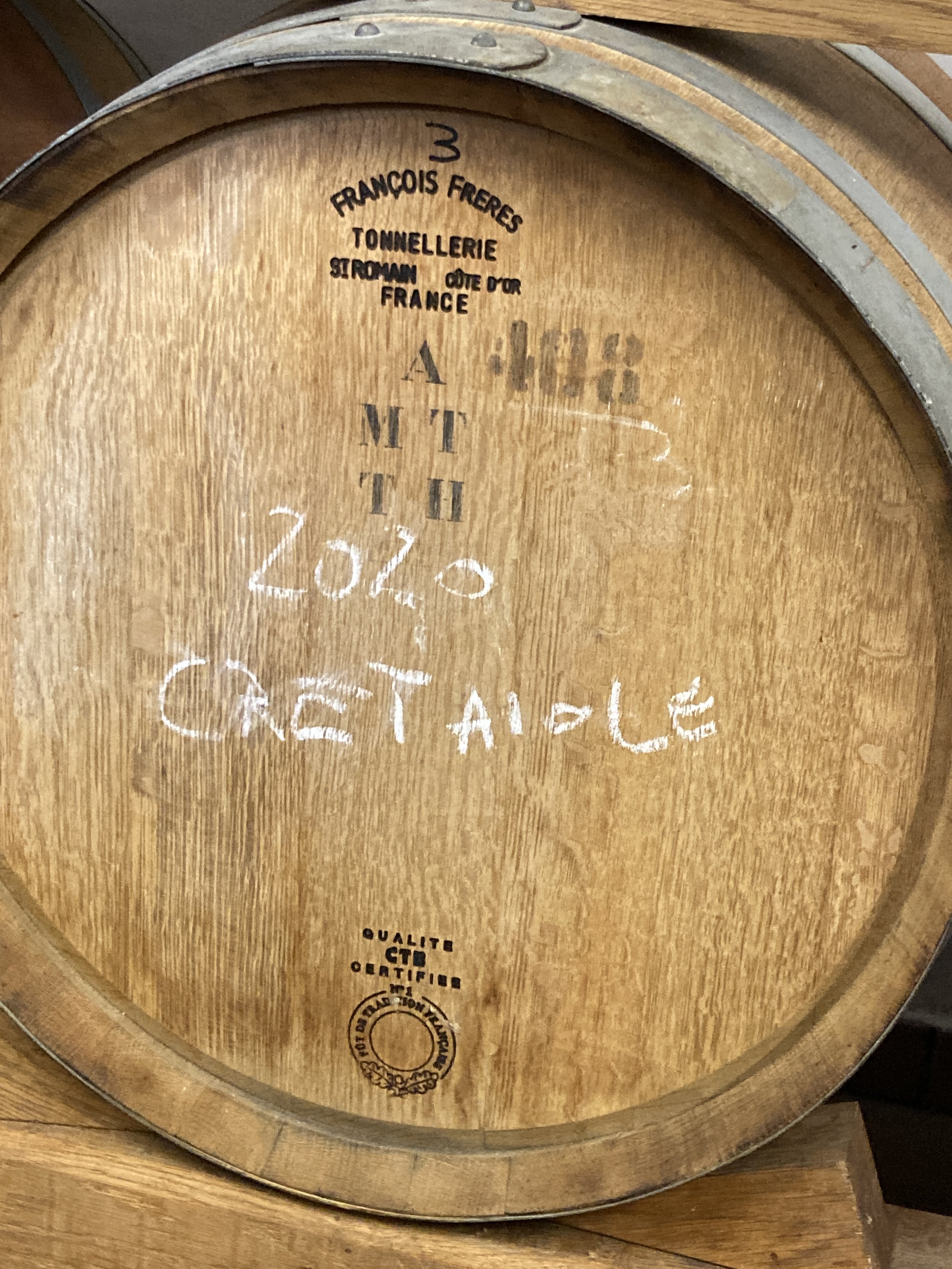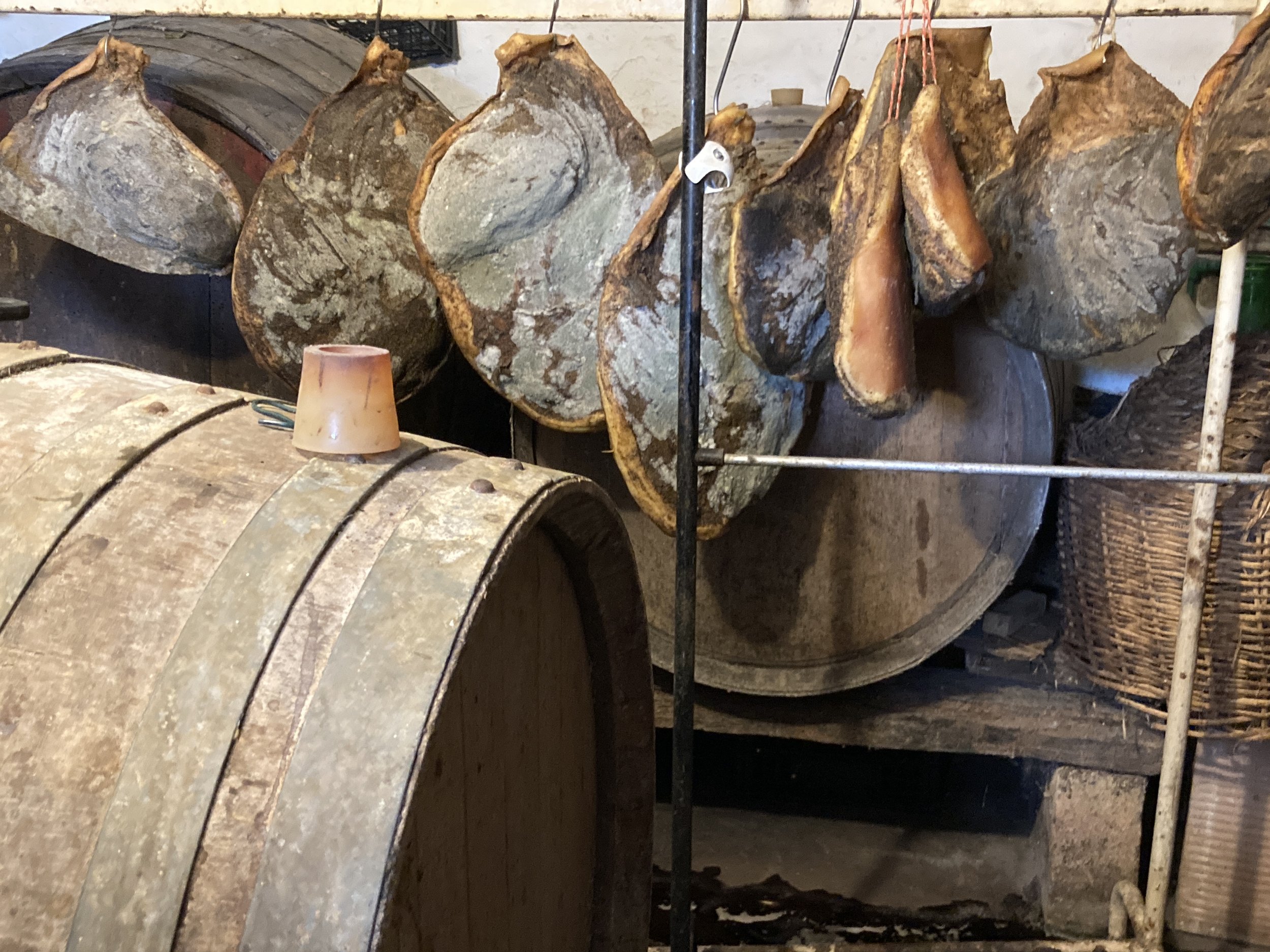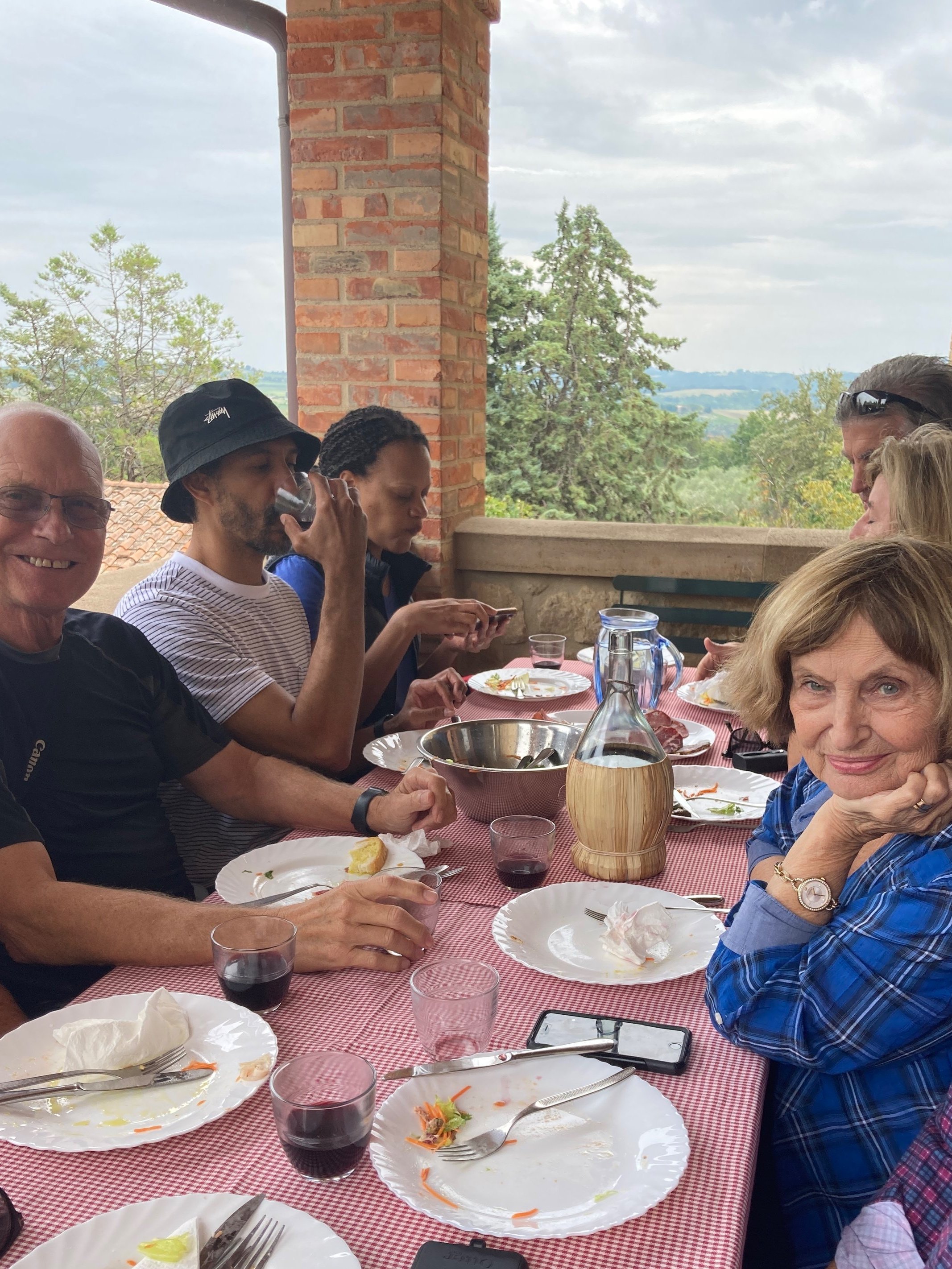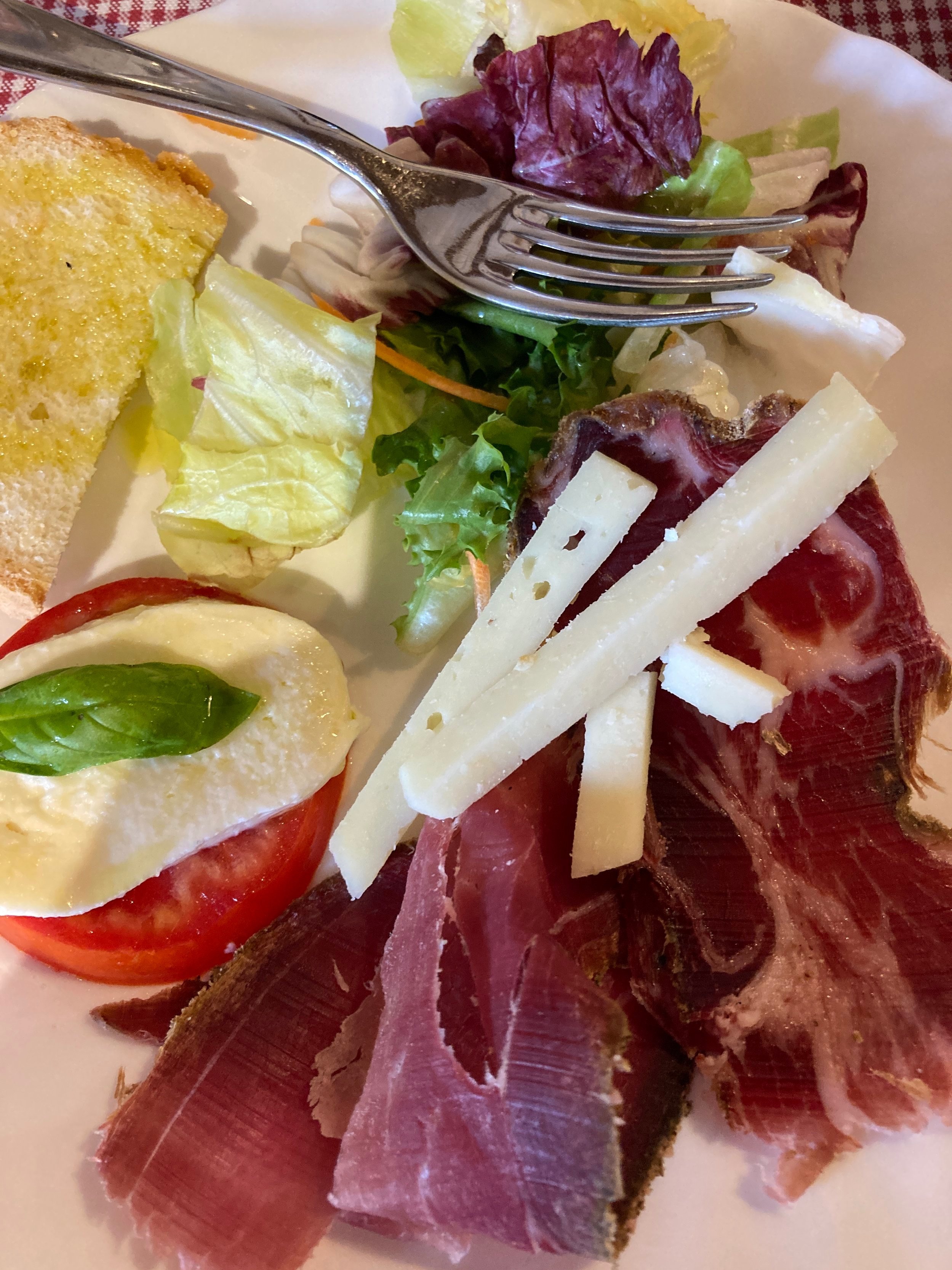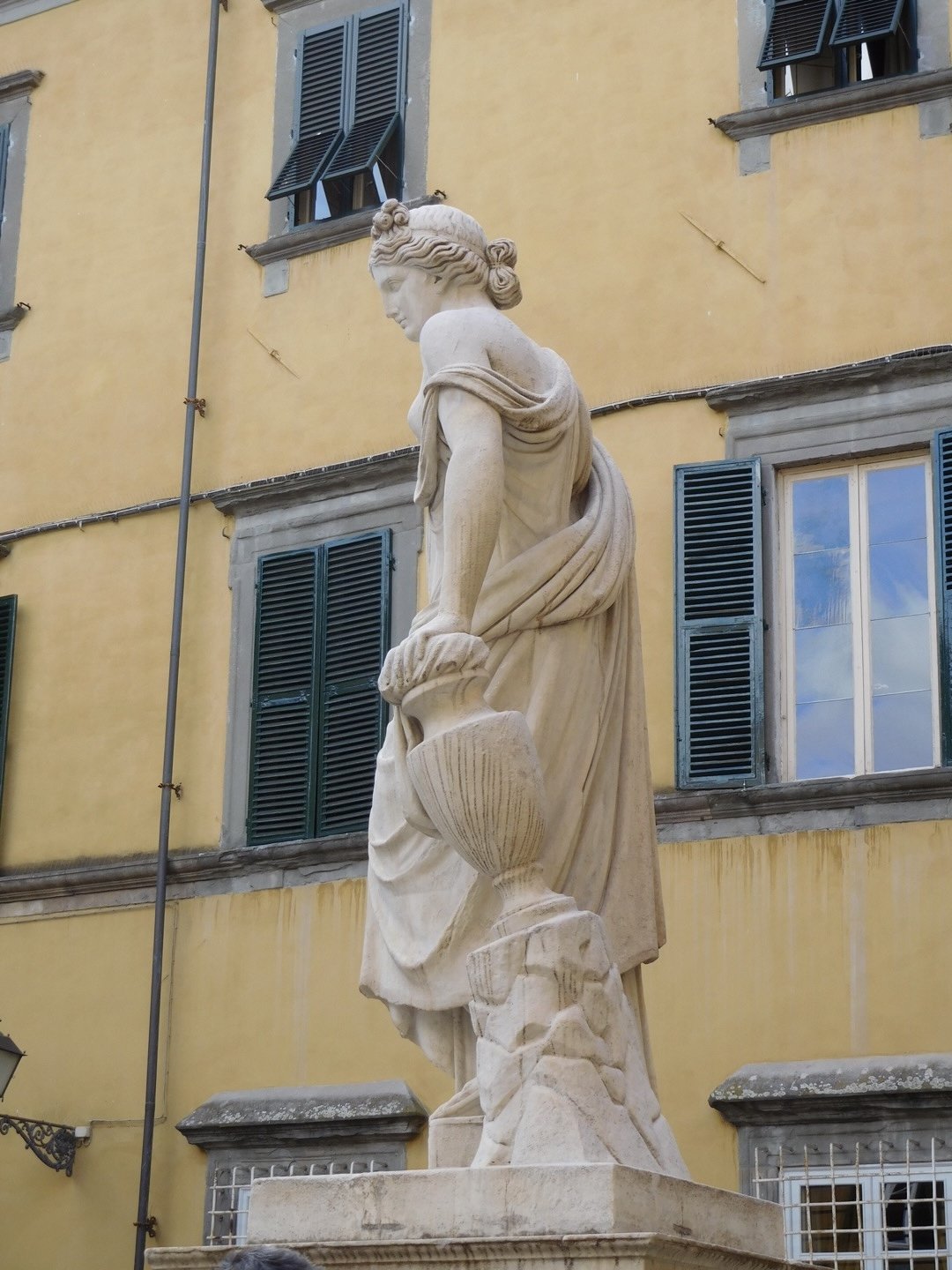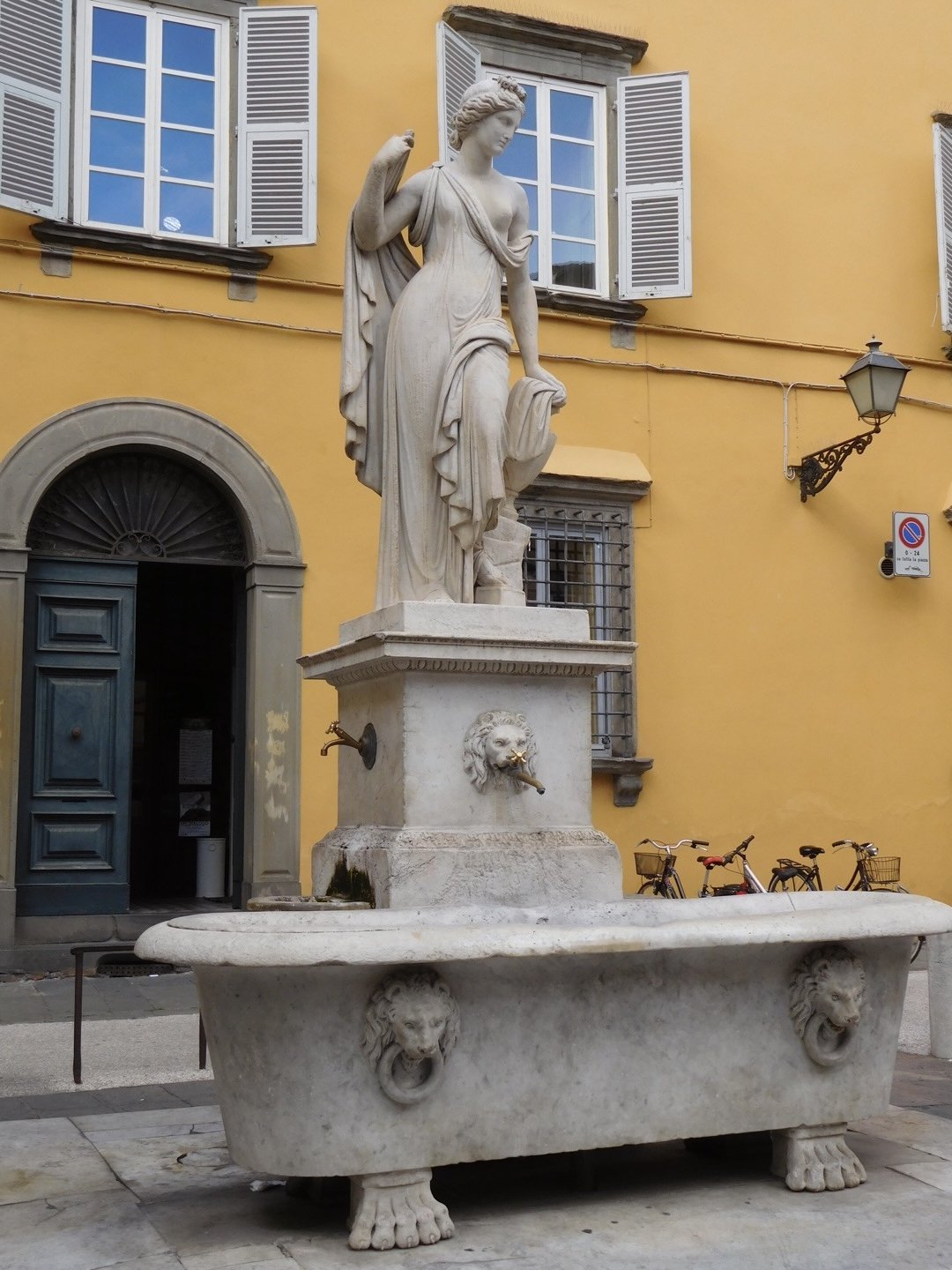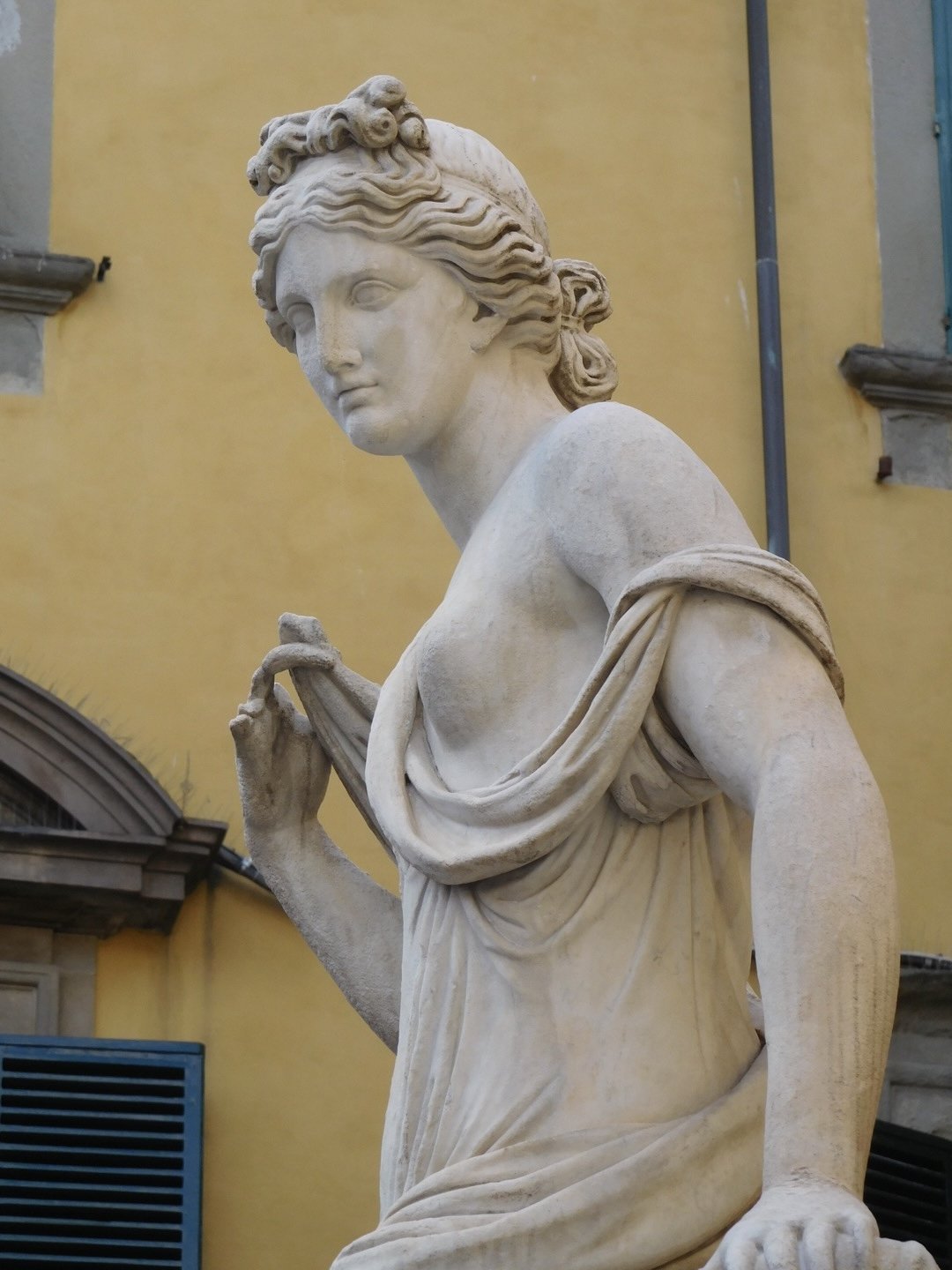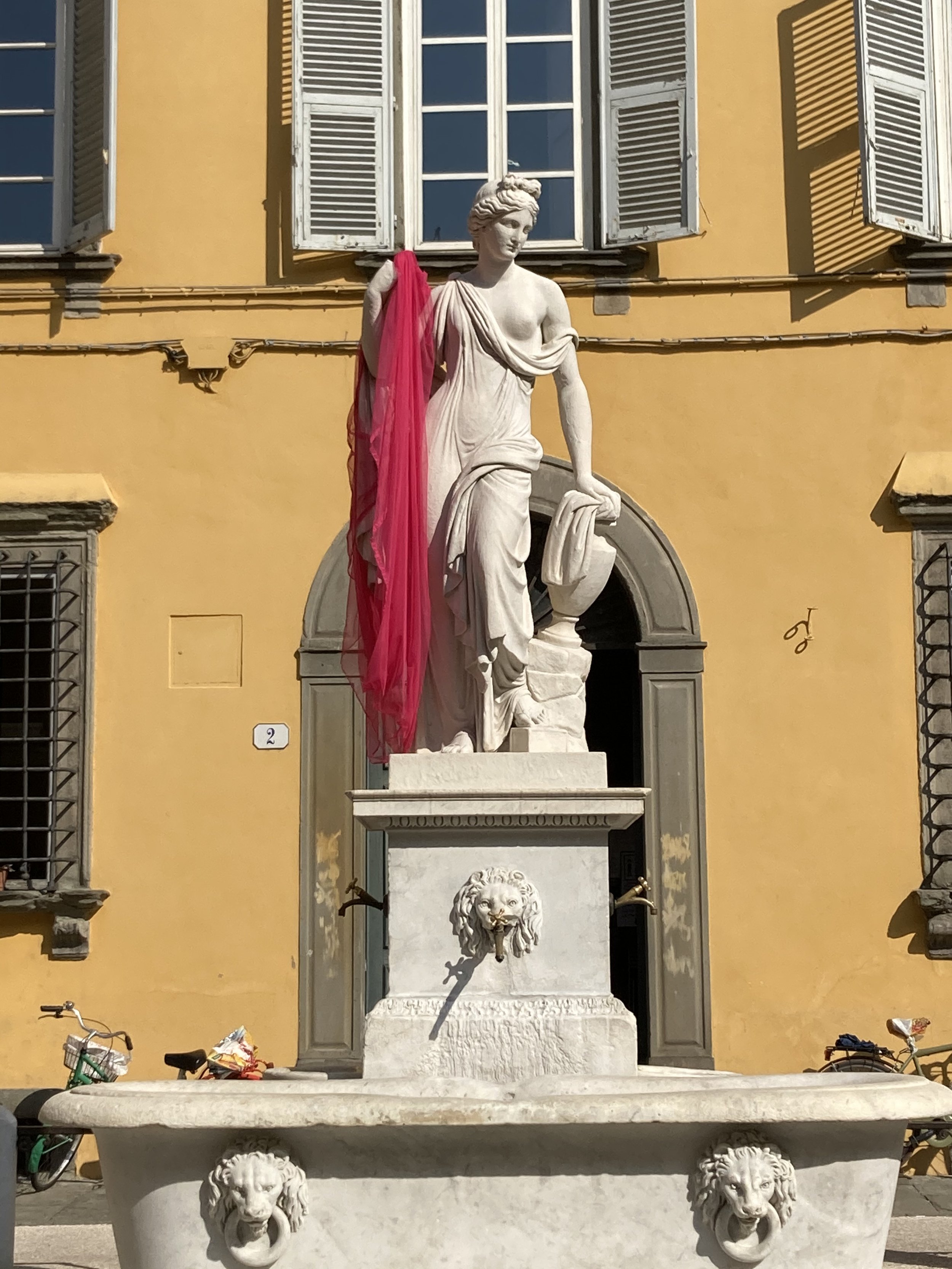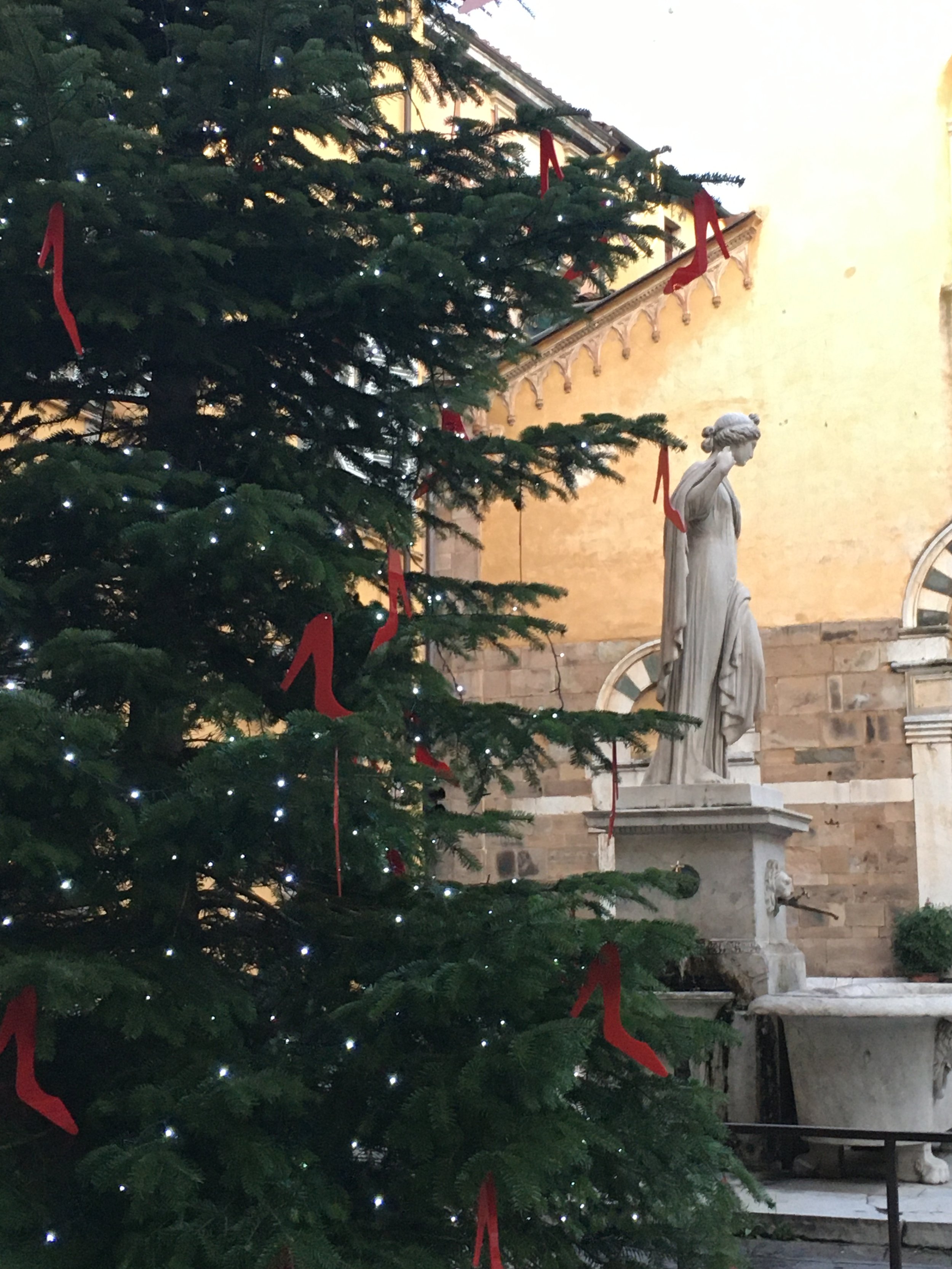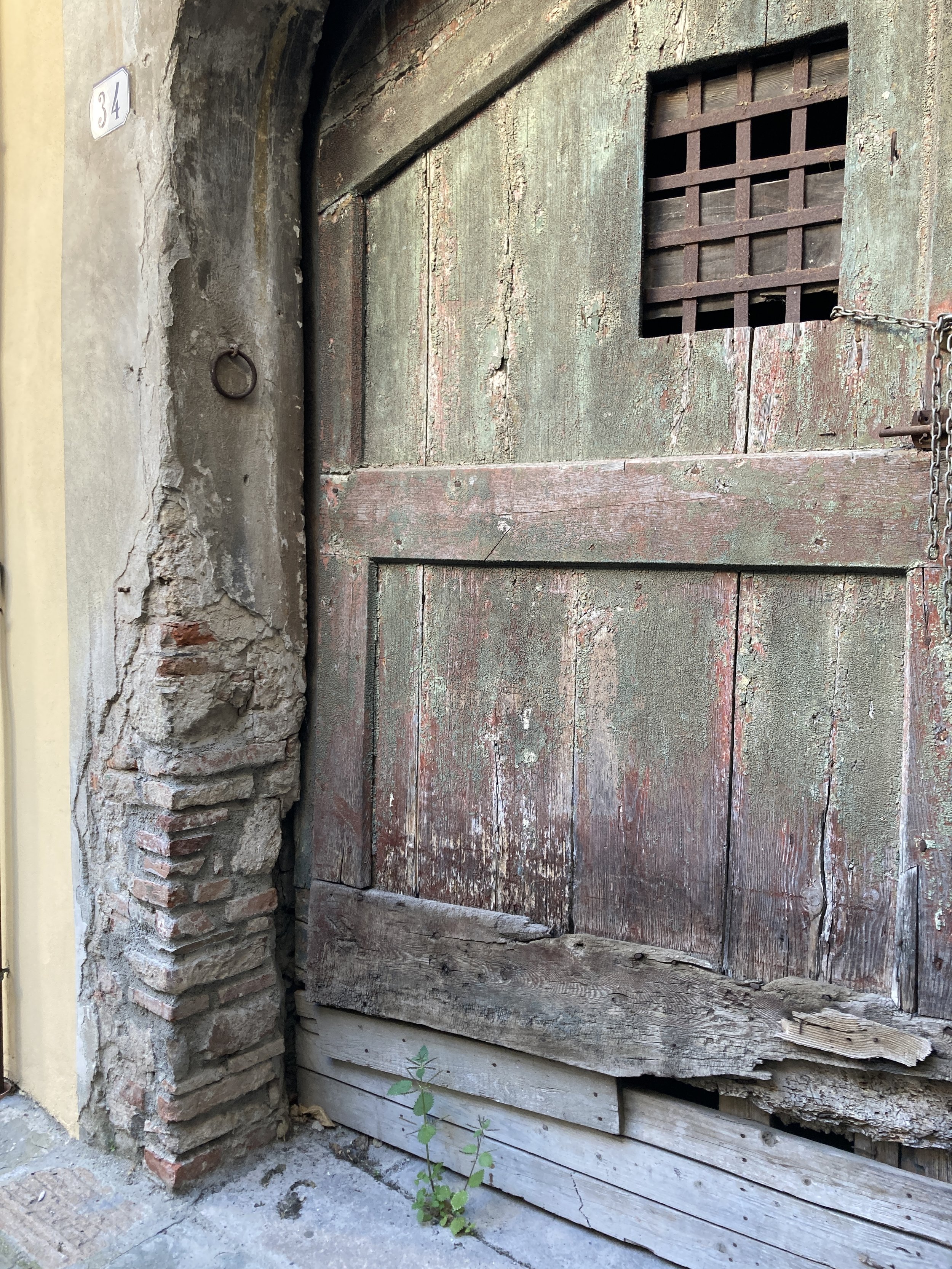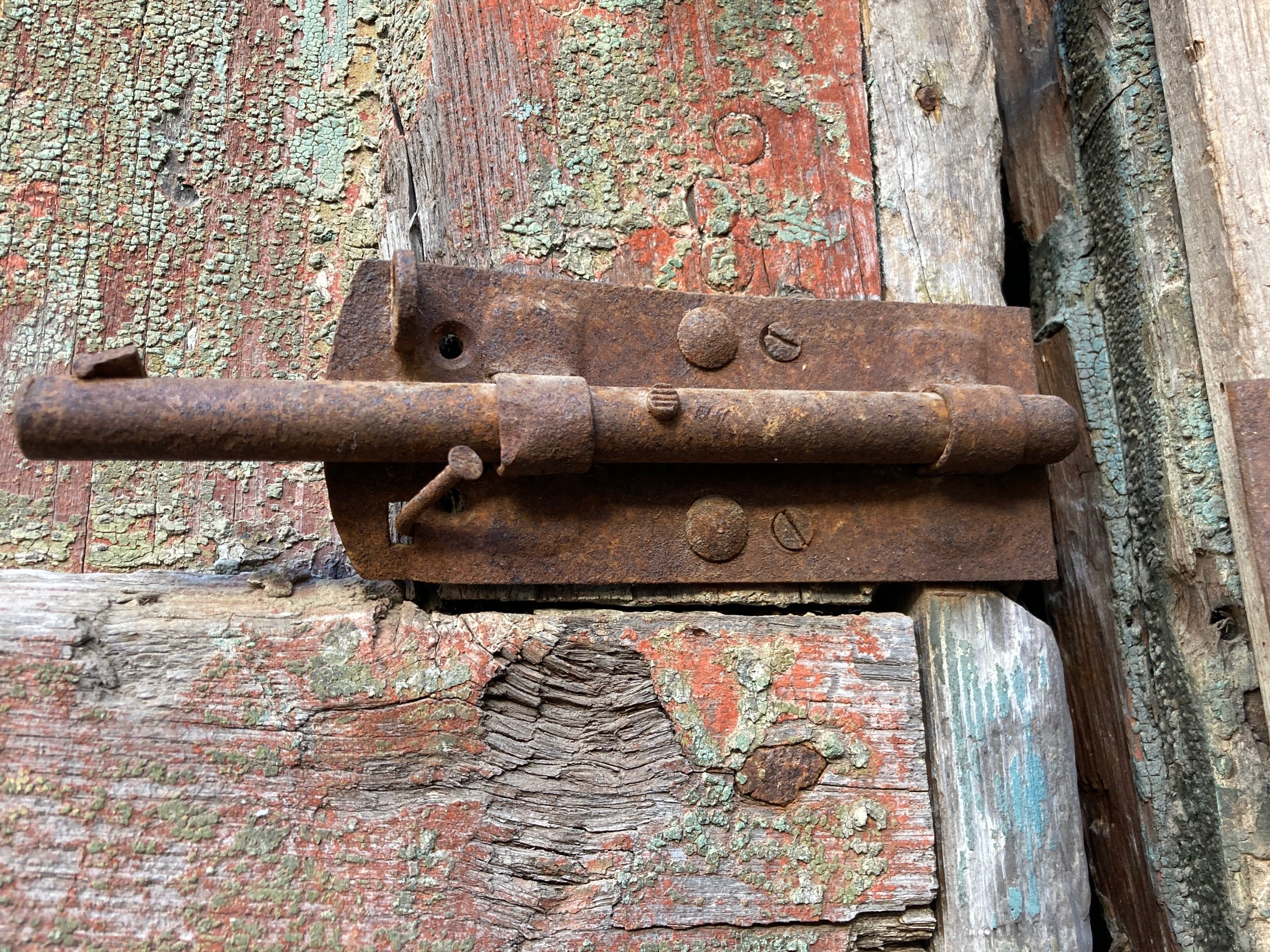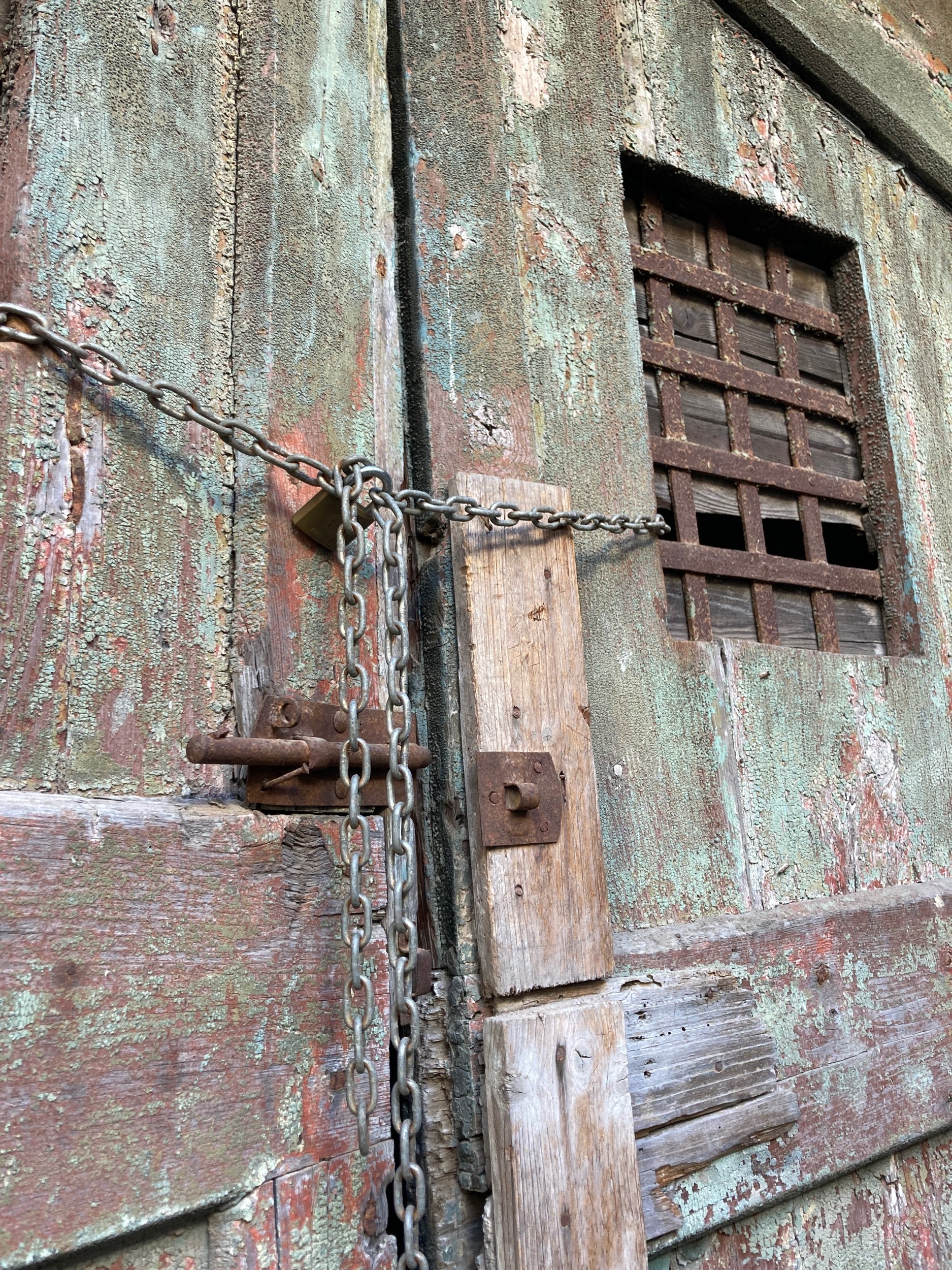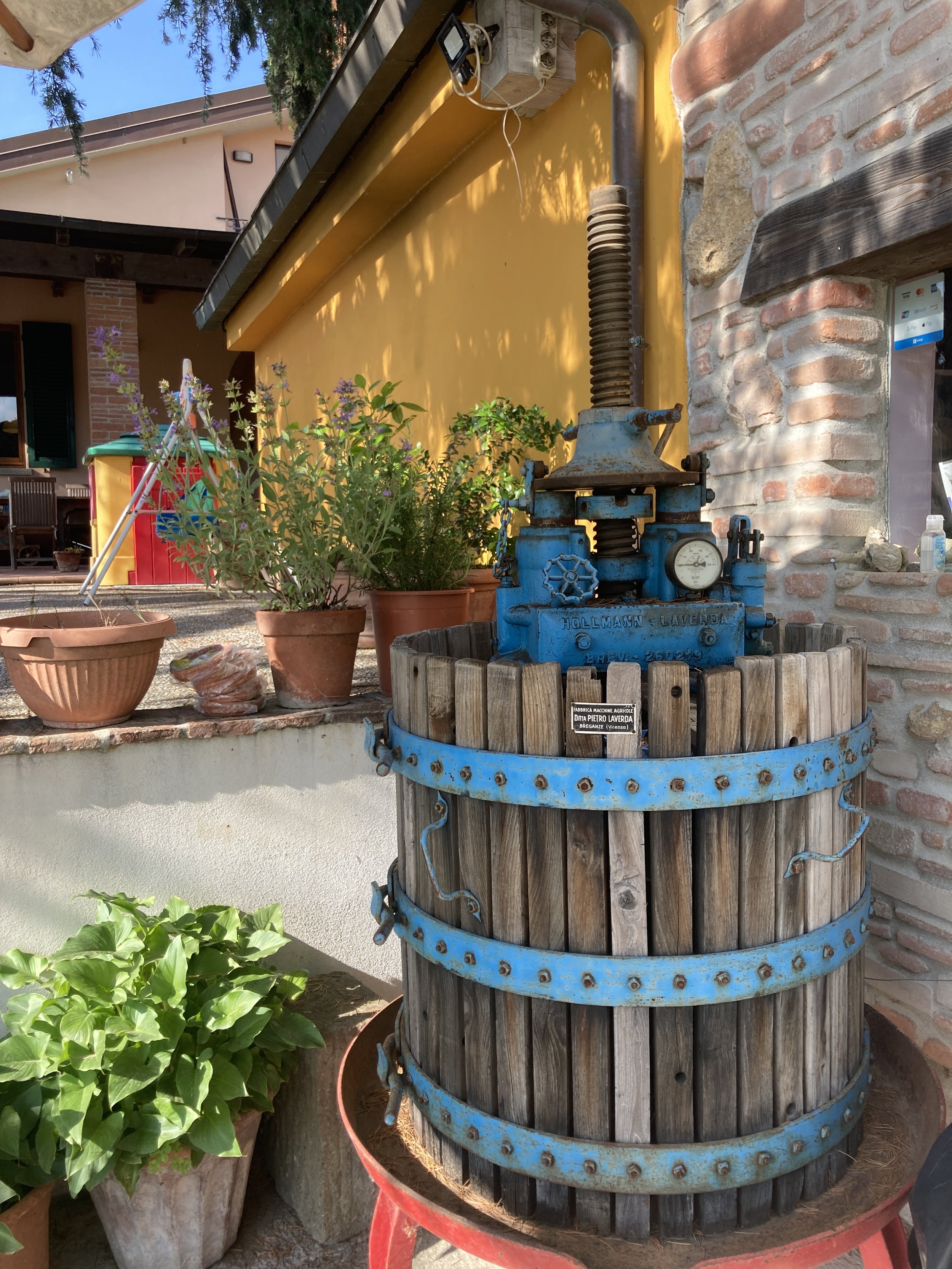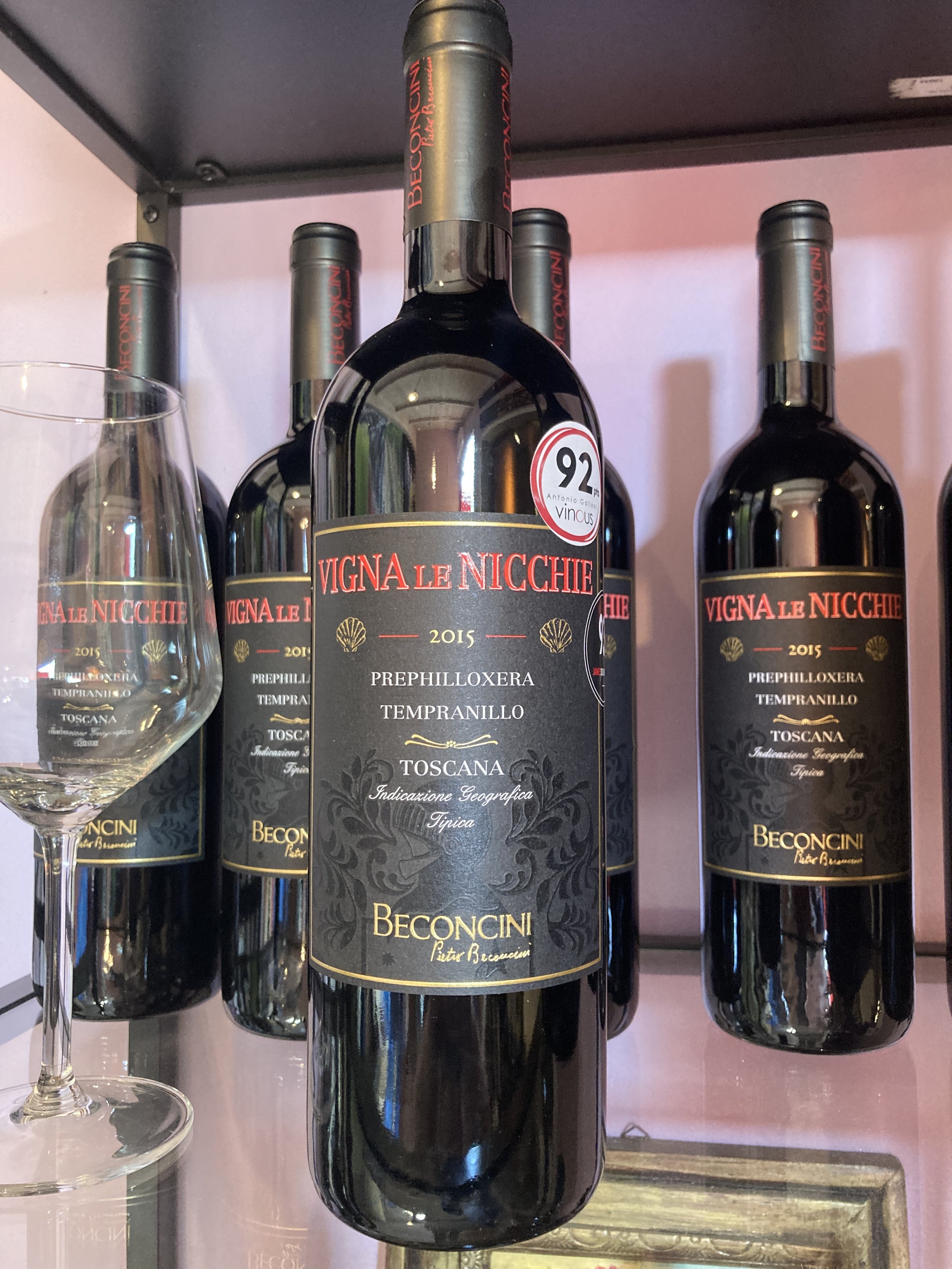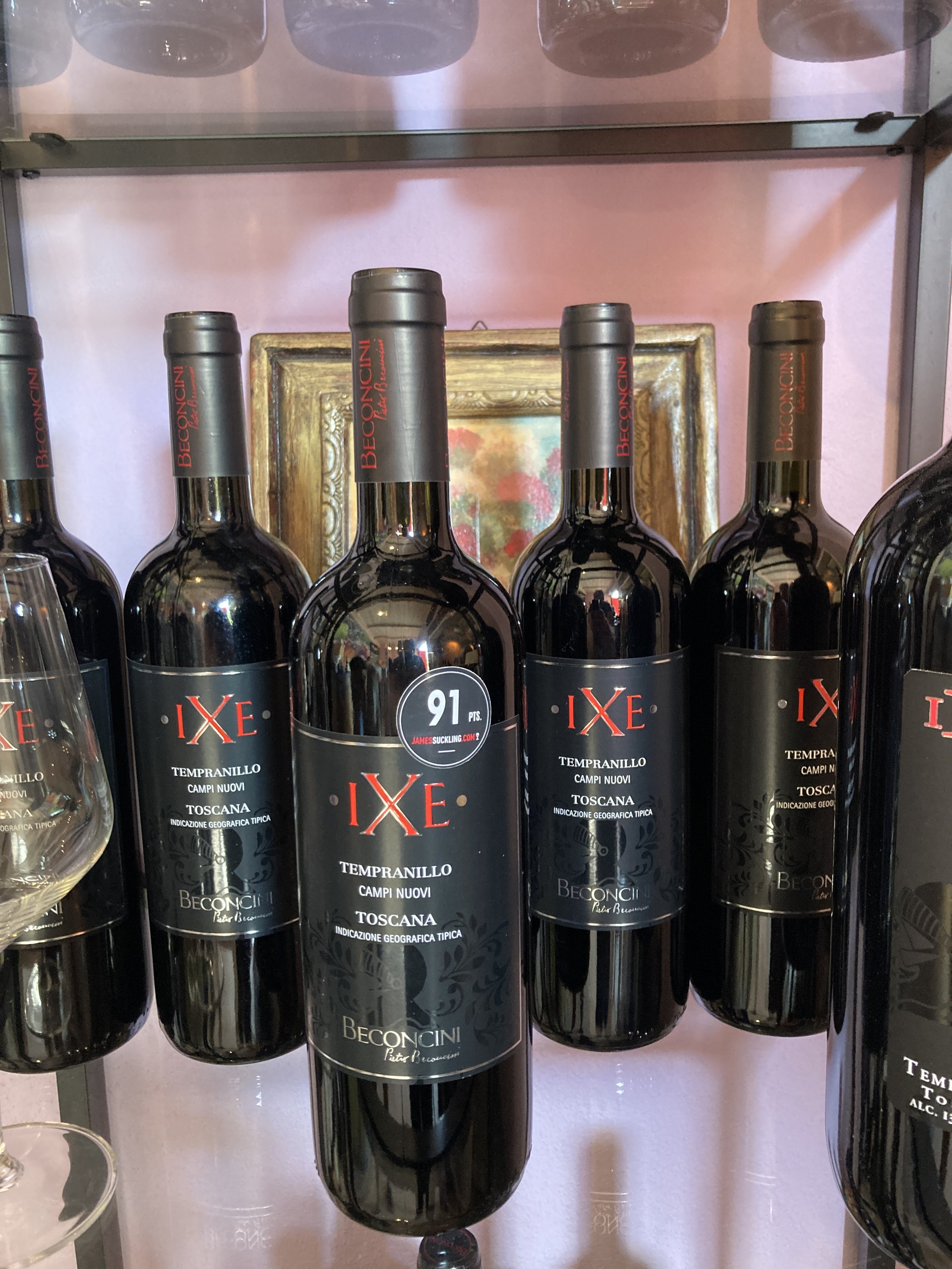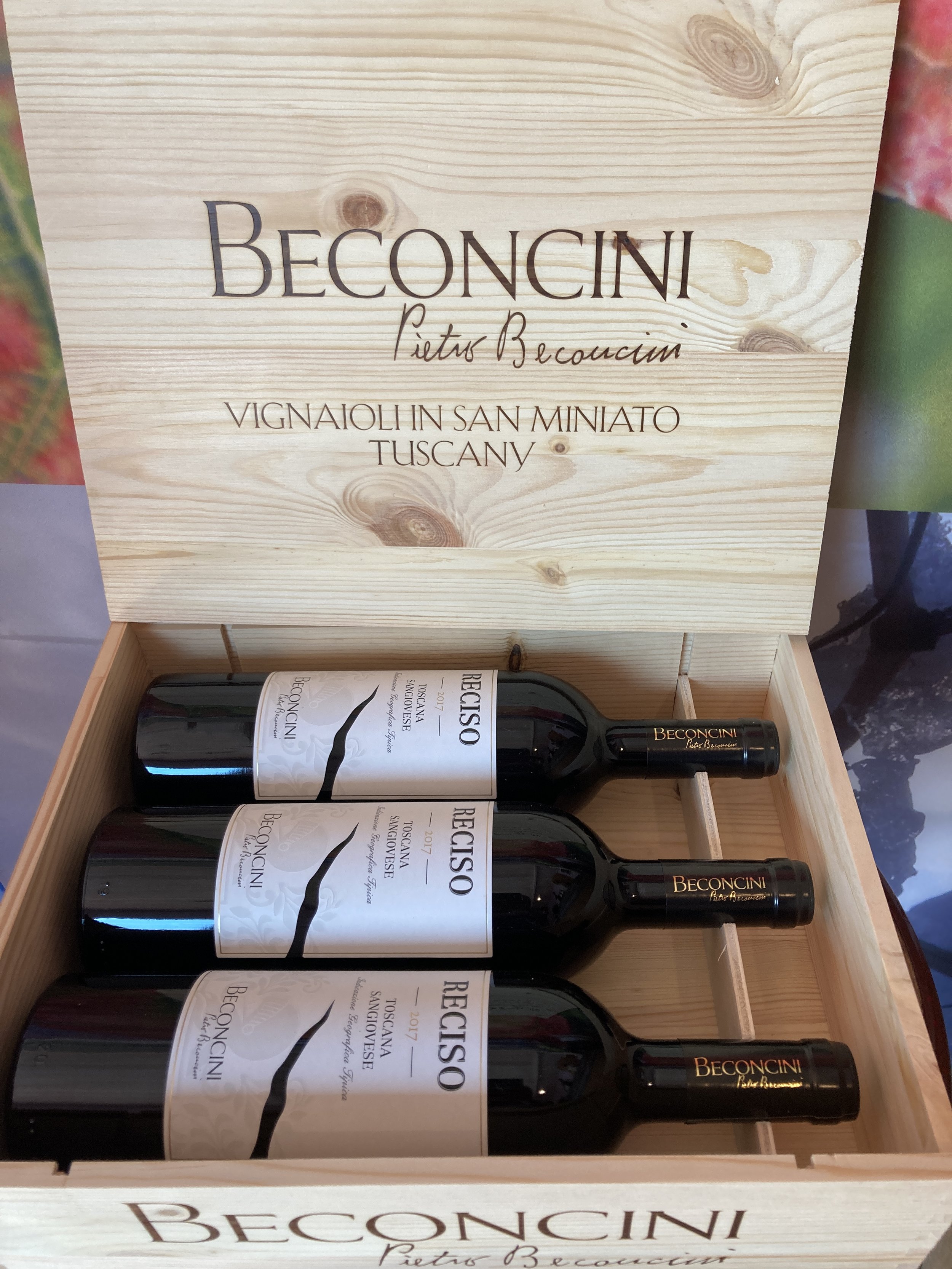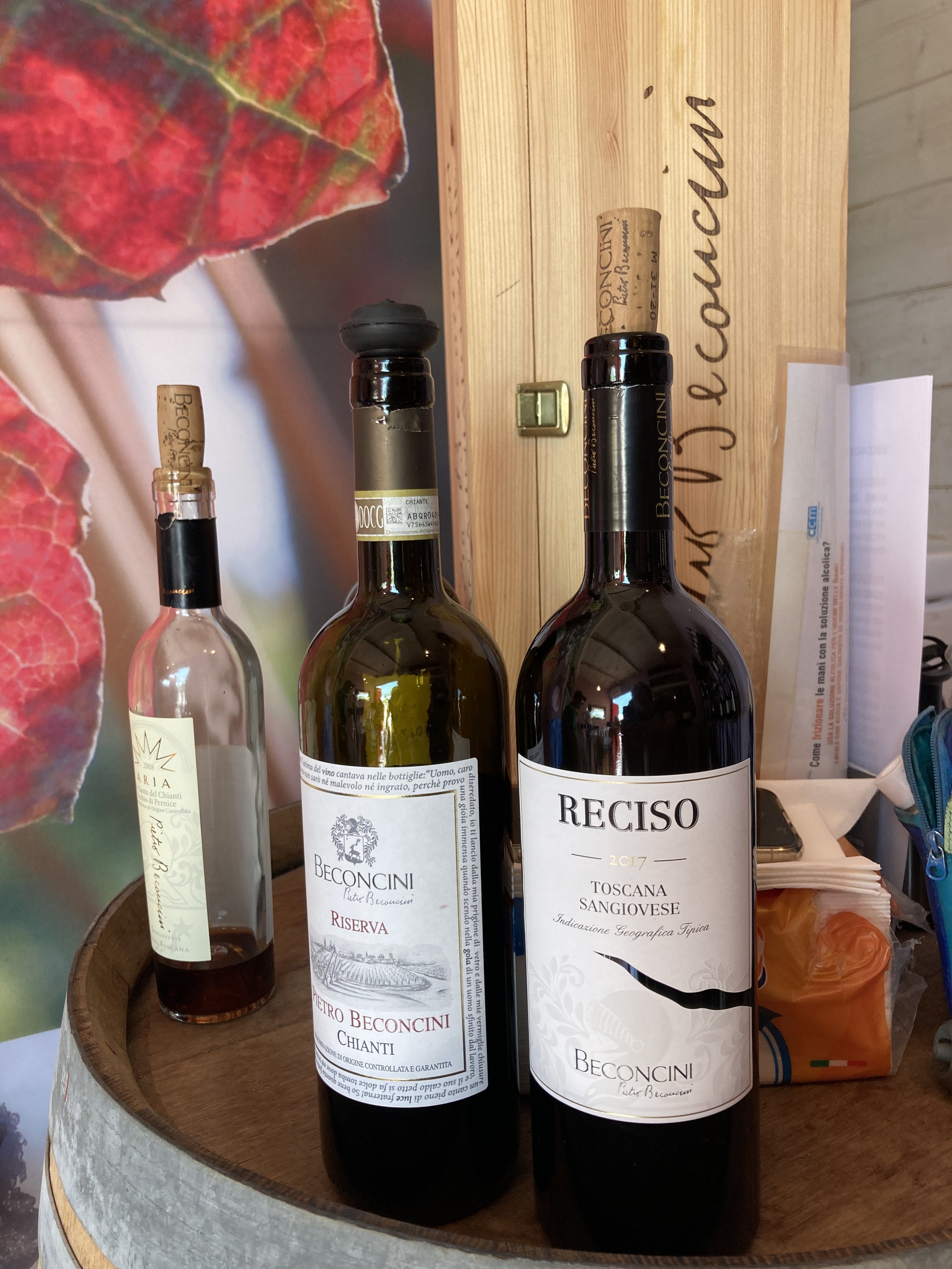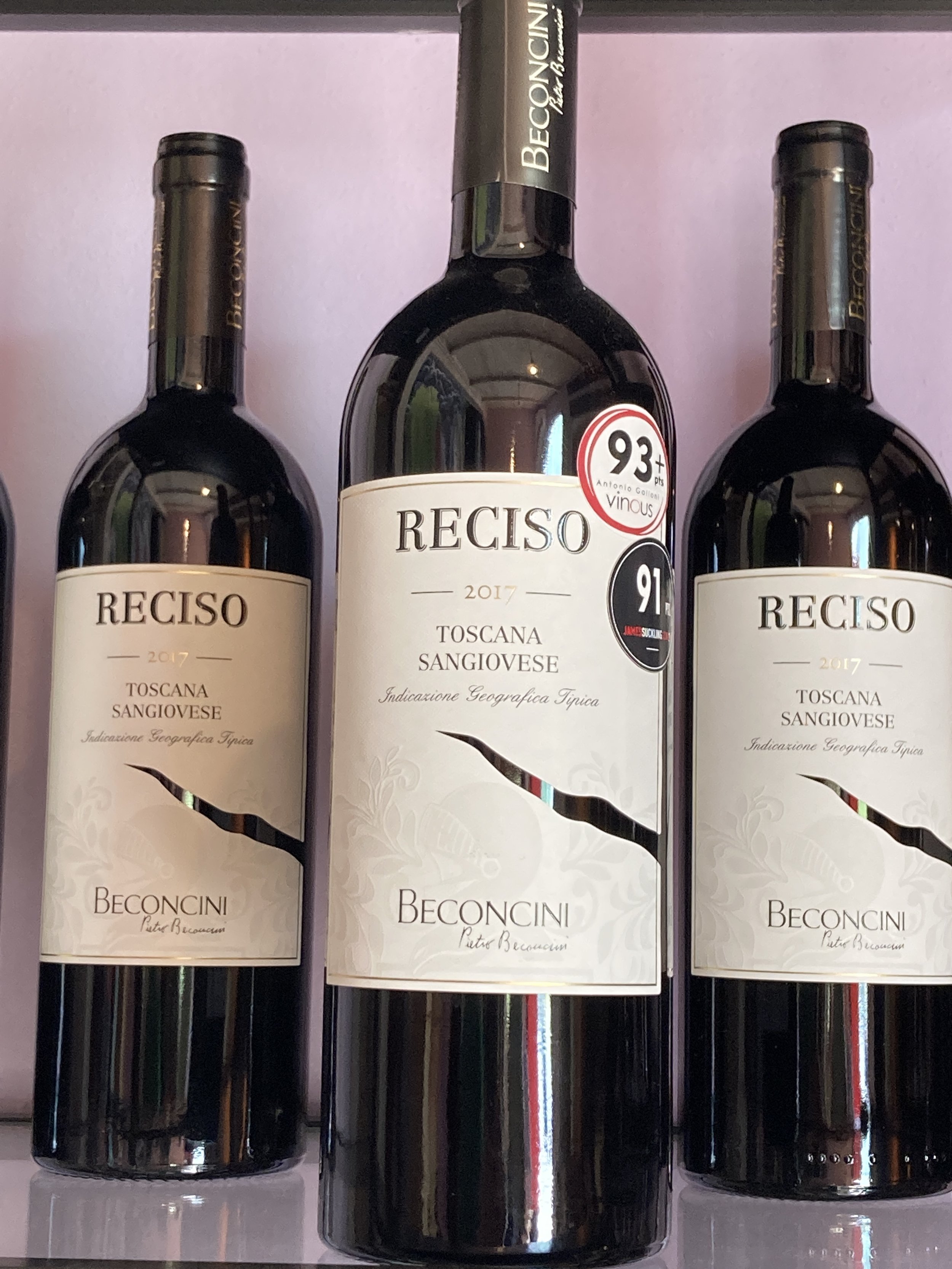An Autumn Weekend in Pontremoli
For 5 days at the end of October and beginning of November my Italian hometown of Lucca hosts the huge Lucca Comics and Games event. Picture 75,000+ people a day descending on the small, walled city and a series of white tents lining the historic walls and filling the piazzas. It is an important economic event for the city and a big deal for afficionados of costumes, gaming, anime, superheroes and the like. Lots of people love it, but for some of us it is simply crowds and chaos. This year, after two pandemic years in which the festival was cancelled (2020) or scaled back (2021), the crowds were predicted to be bigger than ever. That made it the perfect time to for me to plan an out-of-town escape.
One of Pontremoli’s small alleyways - an invitation to explore!
This year my “escape from comics” destination was suggested by Nancy, one of Two Parts Italy’s readers. Just as I was trying to decide where to go over comics, I received a lovely email from her asking if I’d ever been to Pontremoli. She went on to say that she had just spent several days there and thought it was just the kind of place I would love. She included photos and recommendations for things to do. What serendipity! I had never been to Pontremoli and receiving that email was all the inspiration I needed. I quickly found that I could get to Pontremoli by train from Lucca in under 2 hours. I found a lovely Airbnb apartment to rent and a friend who was ready to share the adventure. The more I read about the town, the more excited I was to visit. I am so glad that Nancy took the time to write to me!
Pontremoli is a village in the Massa-Carrara Province of Tuscany, population around 7000. The town lies in the historical region of the Lunigiana, which straddles the regions of Tuscany and Liguria. It is a region of mountains, forests, rivers, old towers, castles, and small medieval hamlets. The Via Francigena, the pilgrim’s route between Canterbury and Rome, crosses the area including right through Pontremoli.
Pontremoli’s historic center as seen from one of the foot bridges over the Torrente Verde
Like many of the medieval towns in the region, Pontremoli has a well-preserved centro storico (historic center) which feels a world apart from the more modern town beyond. The centro storico is wedged between two rivers, the Torrente Verde and the Fiume Magra. The rivers are crossed by a series of old stone bridges. Ponte is the Italian word for bridge and Pontremoli means trembling bridge. Perhaps the original, ancient wooden bridges trembled, but today the bridges are rock solid.
Several of the bridges are for foot traffic only. Strolling across them gives views of the green riverbanks, parks, medieval buildings, and the Castello del Piagnaro which sits high above the village.
My companion and I quickly settled into the habit of a daily walk across the Ponte della Cresa to the north, down the green space along the Torrente Verde, across the Ponte Stemma on the south, and to the tip of Pontremoli where the Torrente Verde joins the Fiume Magra, forming one larger river. A green and peaceful park sits at this spot, quiet other than the sound of the tumbling waters of the two rivers.
During this October visit the trees where changing colors and the fallen leaves made for a special landscape during our walks.
The Torre del Cacciaguerra, Pontremoli
The historic center stretches between two tower gates along what is basically one long street, although the street name changes several times from Via Cavour to Via Armani to Via Garibaldi.
Along the way are two side-by-side piazzas, the Piazza della Repubblica and the Piazza del Duomo. Long ago the two piazzas divided the town between two opposing groups, the Guelphs and Ghibellines, preventing all-out conflict.
A very tall campanile (bell tower), built in 1322 as part of a city fortress, stands between the two piazzas and is known by two names – The Campanone (meaning really big bell tower) and the Torre del Cacciaguerra (Tower of the War Fighters).
Today there are no warring factions and the two pretty squares are ringed with cafes and shops. The piazzas are also where the Saturday market is held. Visiting a local Saturday market is a great cultural experience in any small village and the one in Pontremoli was no exception. Local produce, especially from the fall harvest, made for a colorful market.
The route to the castle
Off the main street are several alleys which climb up towards the castle. The walk is uphill but not terribly steep and the experience of wandering through the medieval castle village is well worth the climb. The castle also houses a museum with pre-historic rock carvings called Stele. More on the castle and the Stele in a future post !
Pontremoli was a perfect fall getaway and wonderful spot for a long weekend. Views over the river, the sound of rushing water, green spaces, changing leaves, and stone bridges made for a perfect weekend escape.
Adding to the fun, we found some wonderful restaurants serving local dishes such as Testaroli (a type of large round crepe) with Pesto and Frittelle di Farina di Castagna (little fried chestnut flour cakes) con Ricotta.
For morning coffee and a pastry, the Antica Pasticceria e Caffè degli Svizzeri with its scrumptious pastries and beautiful liberty-style café, can’t be beat.
Where the Torrente Verde joins the Fiume Magra

